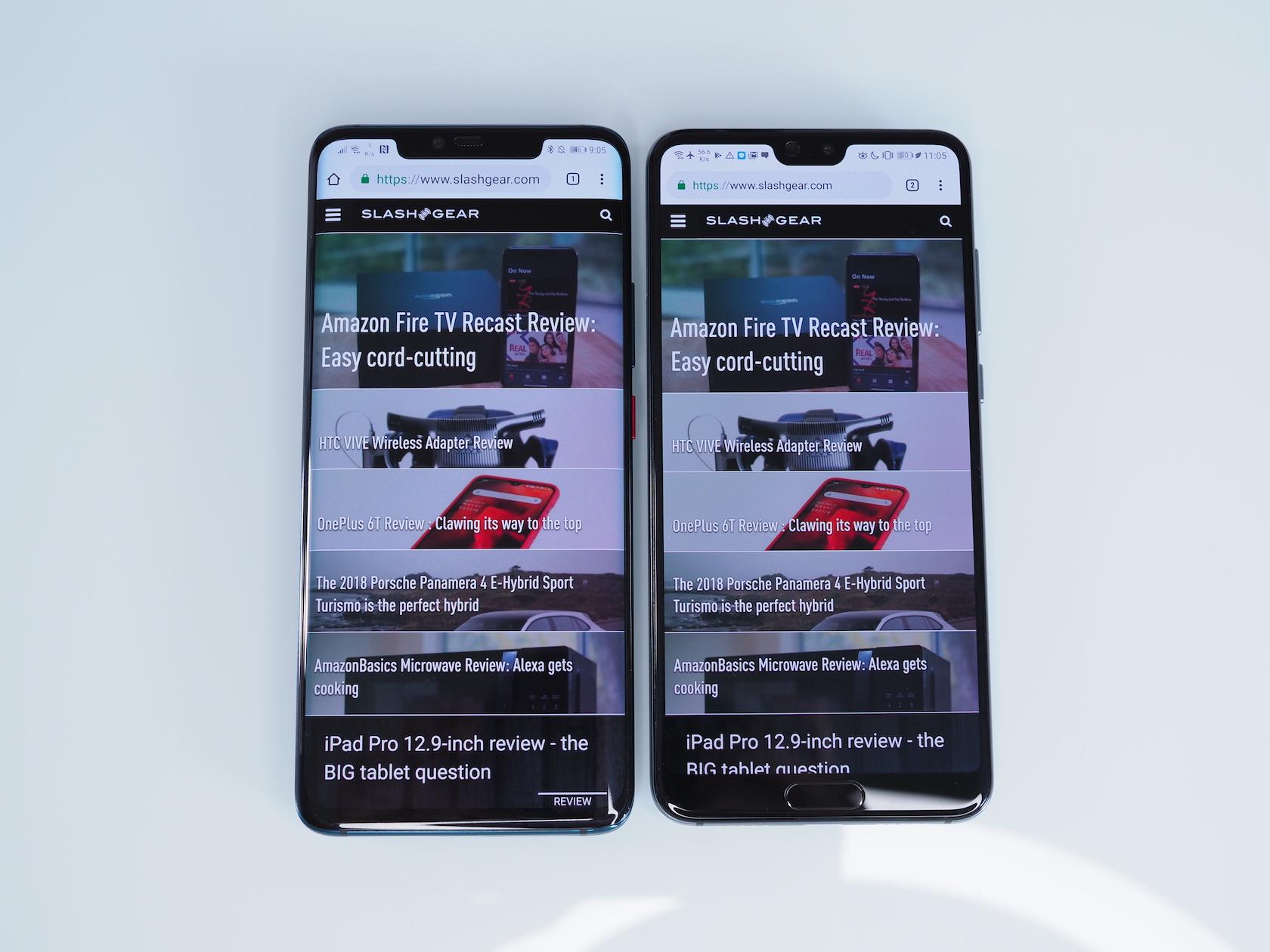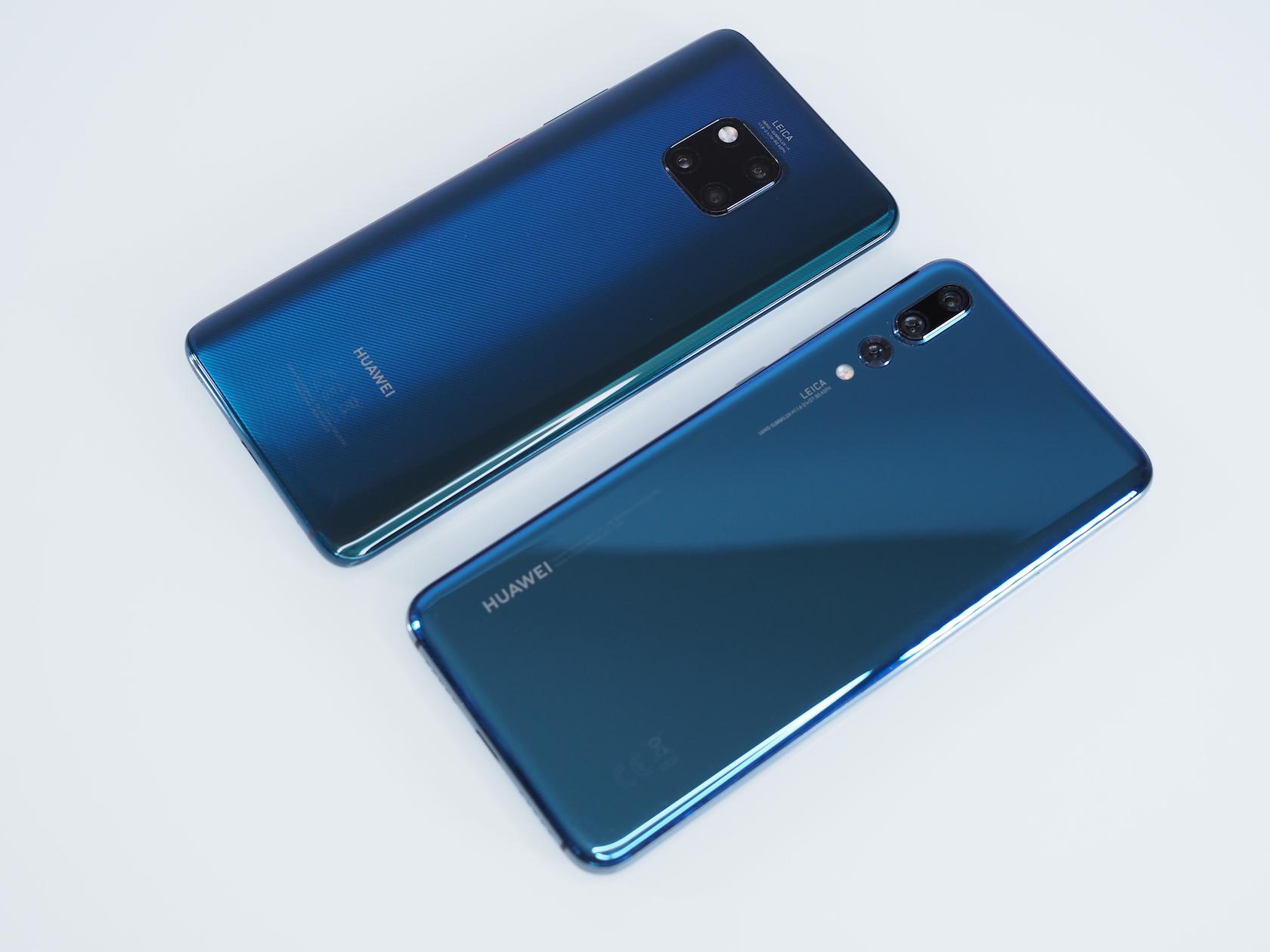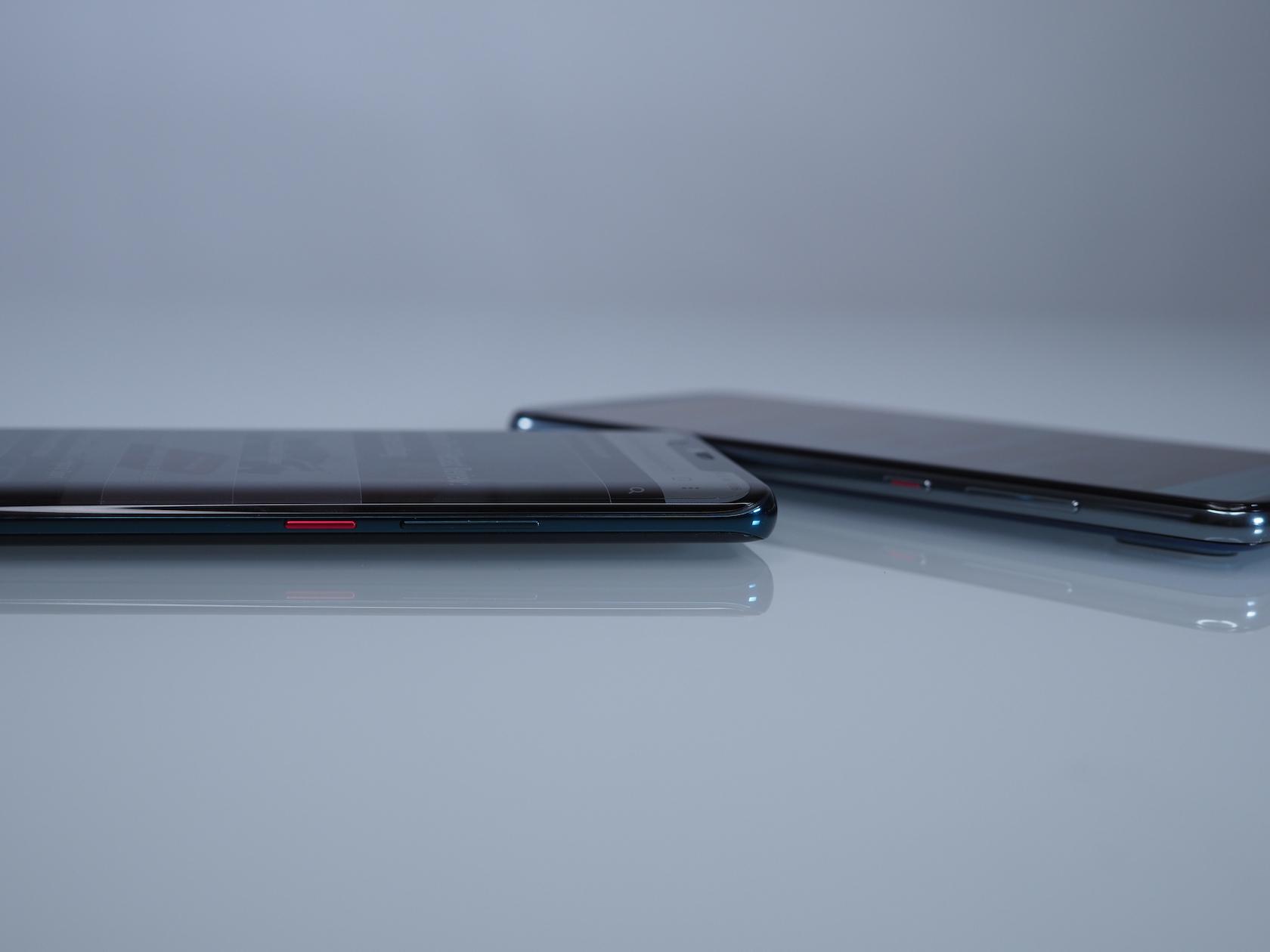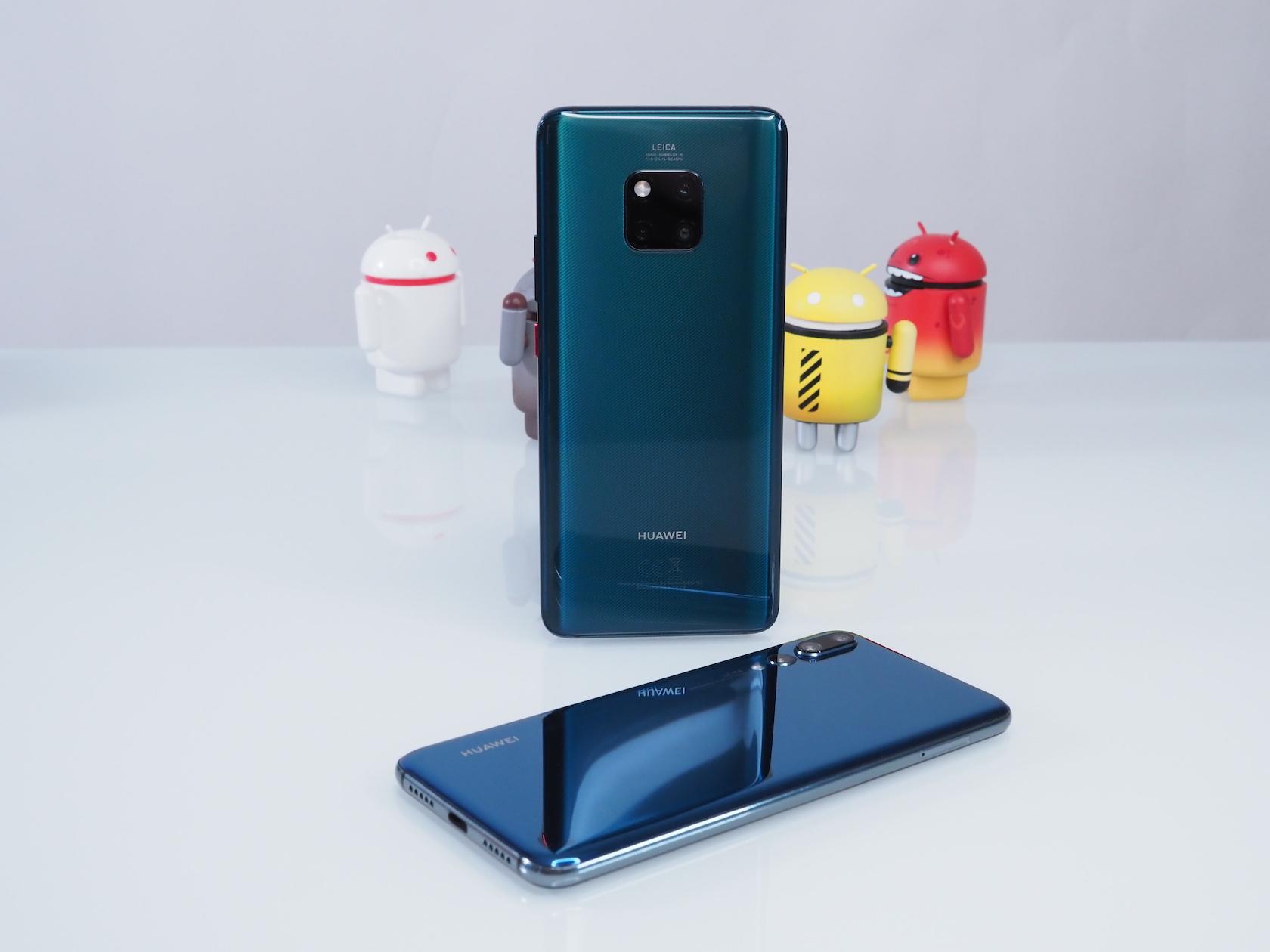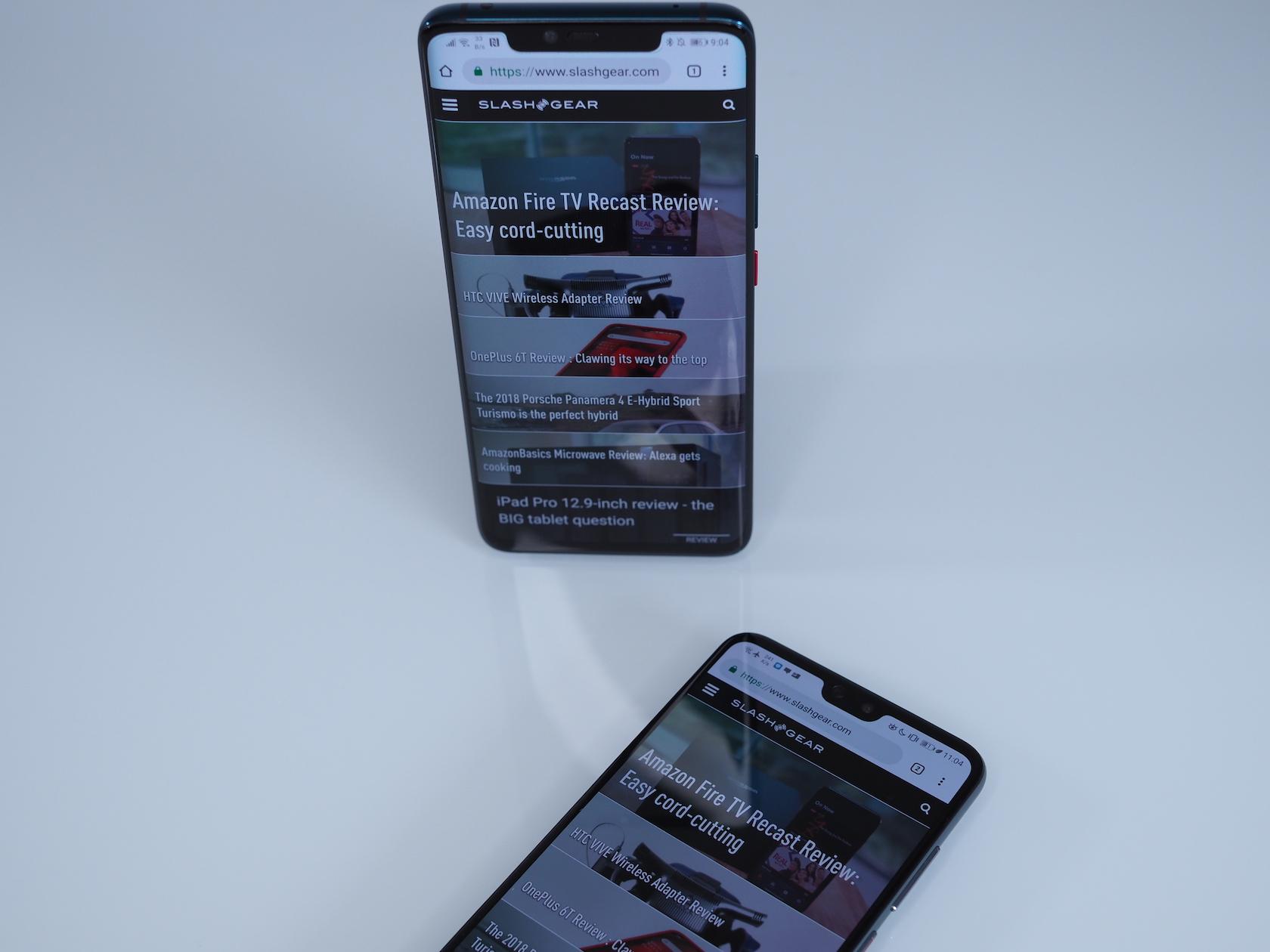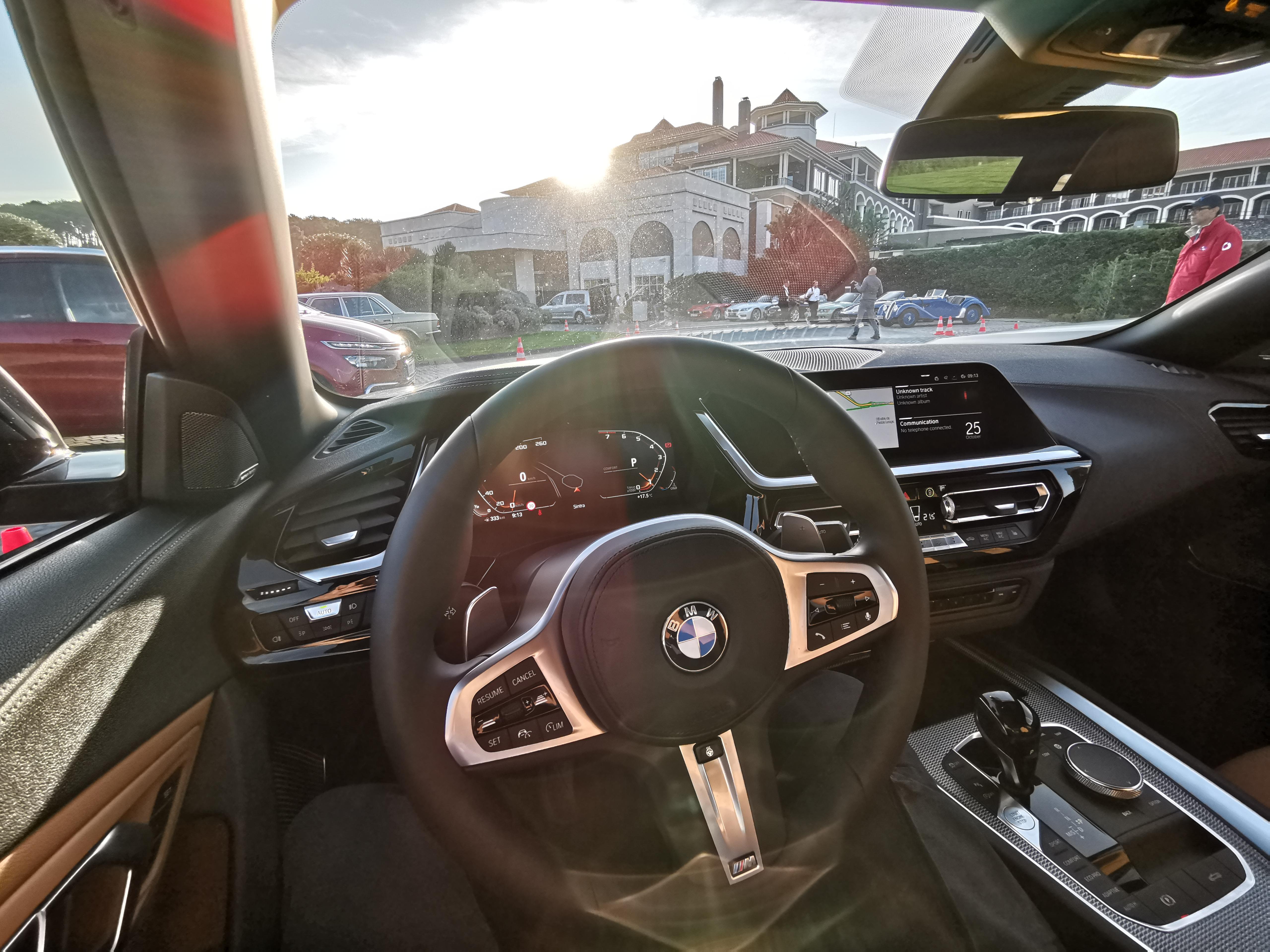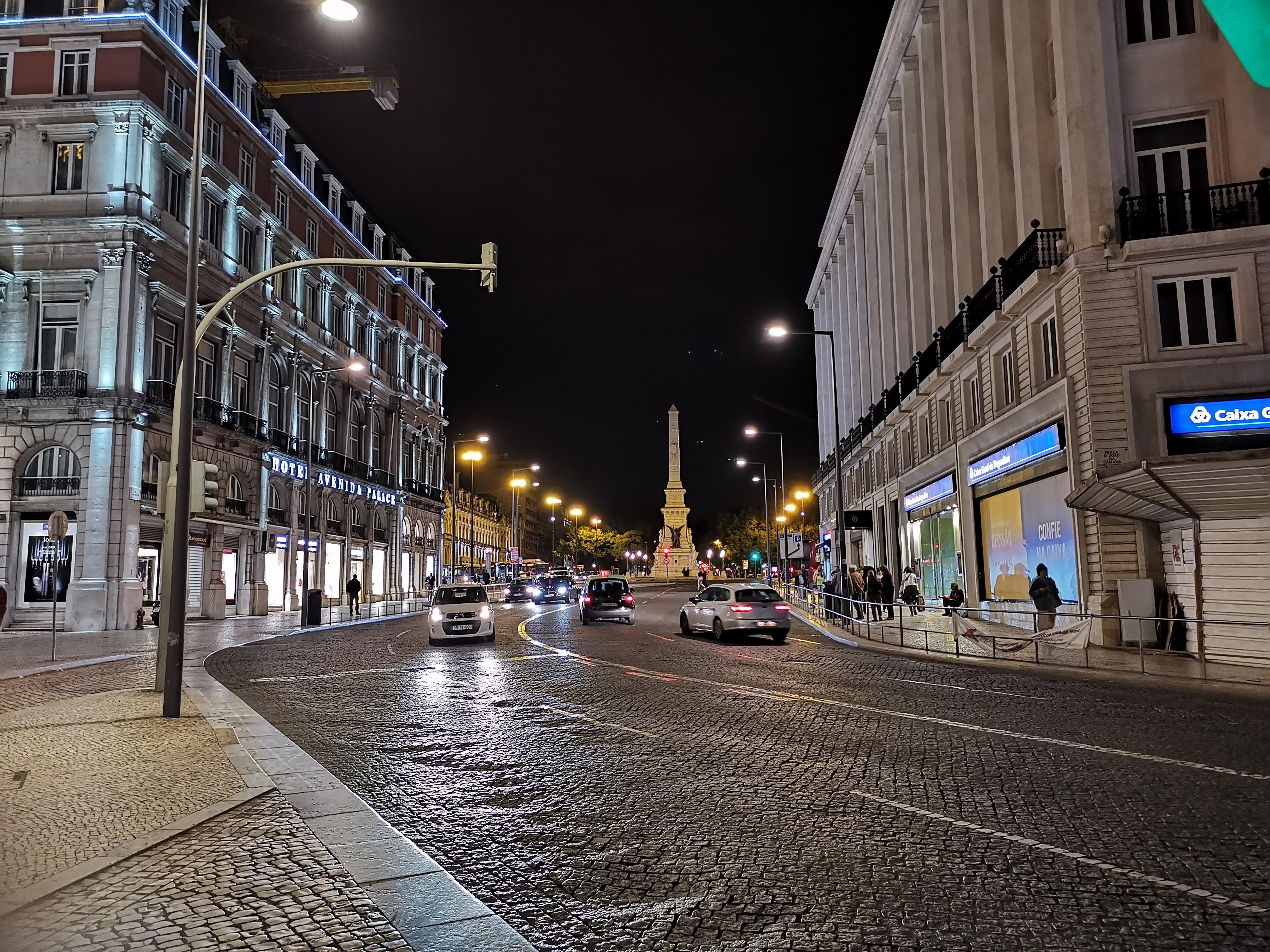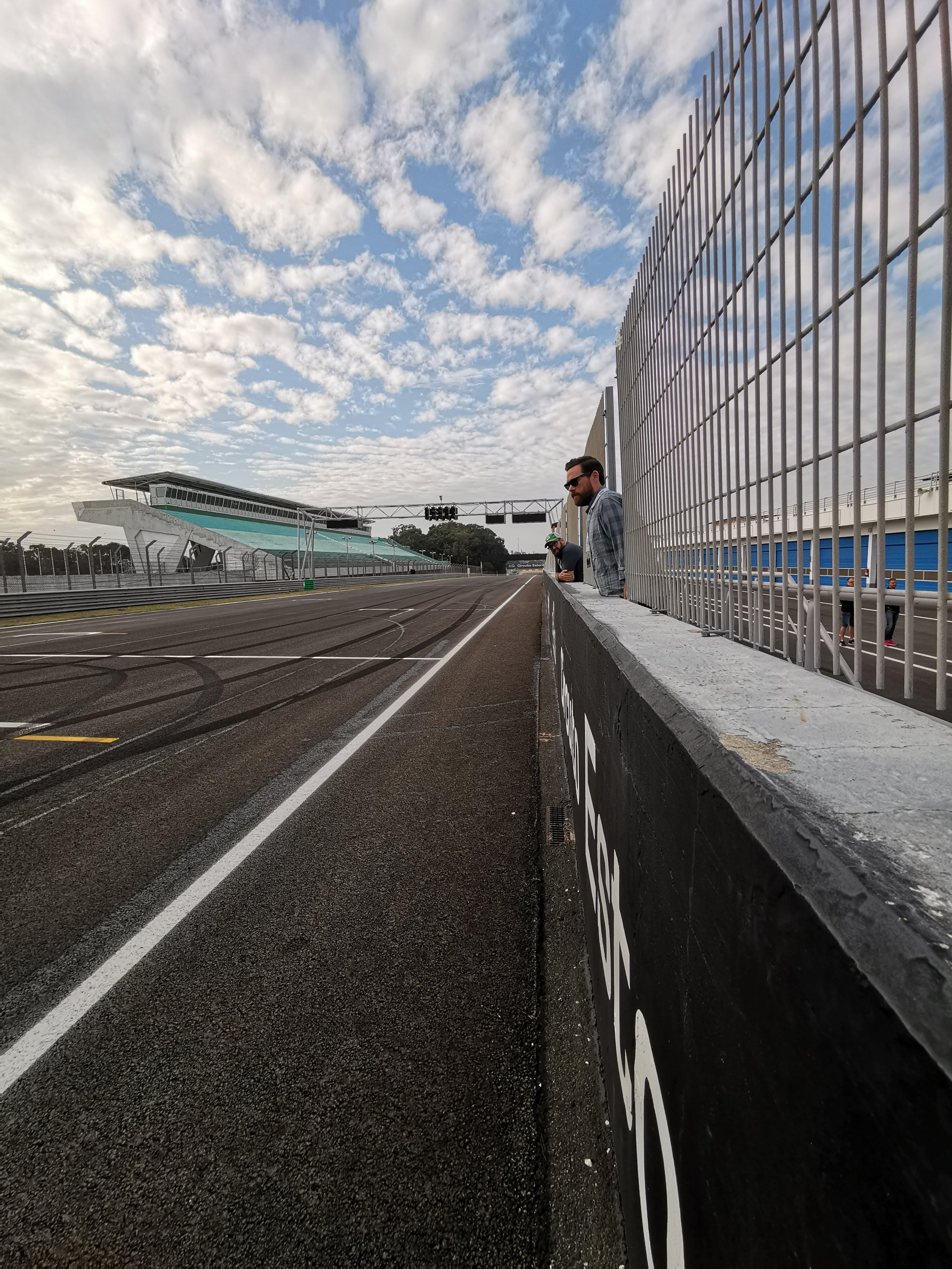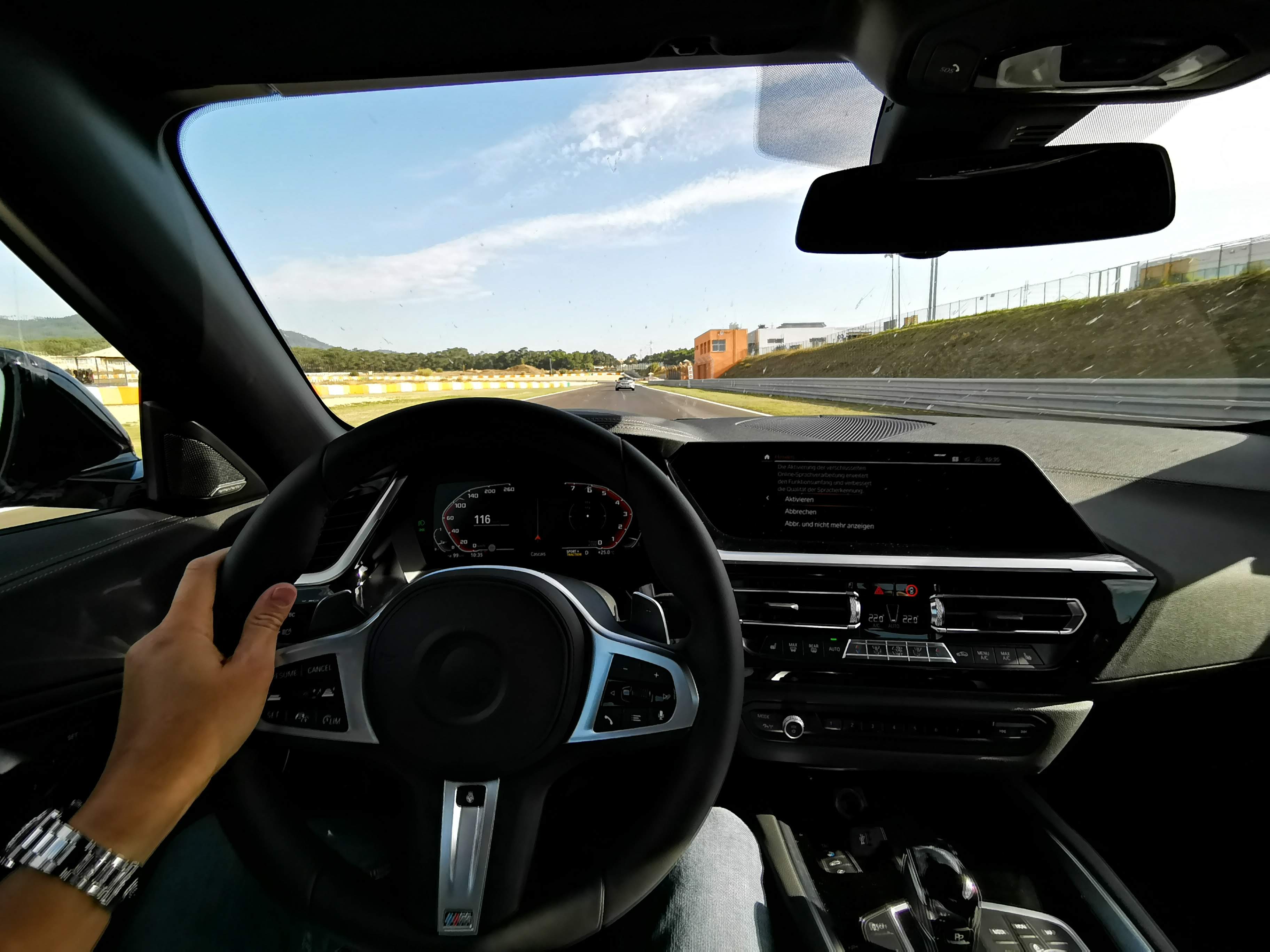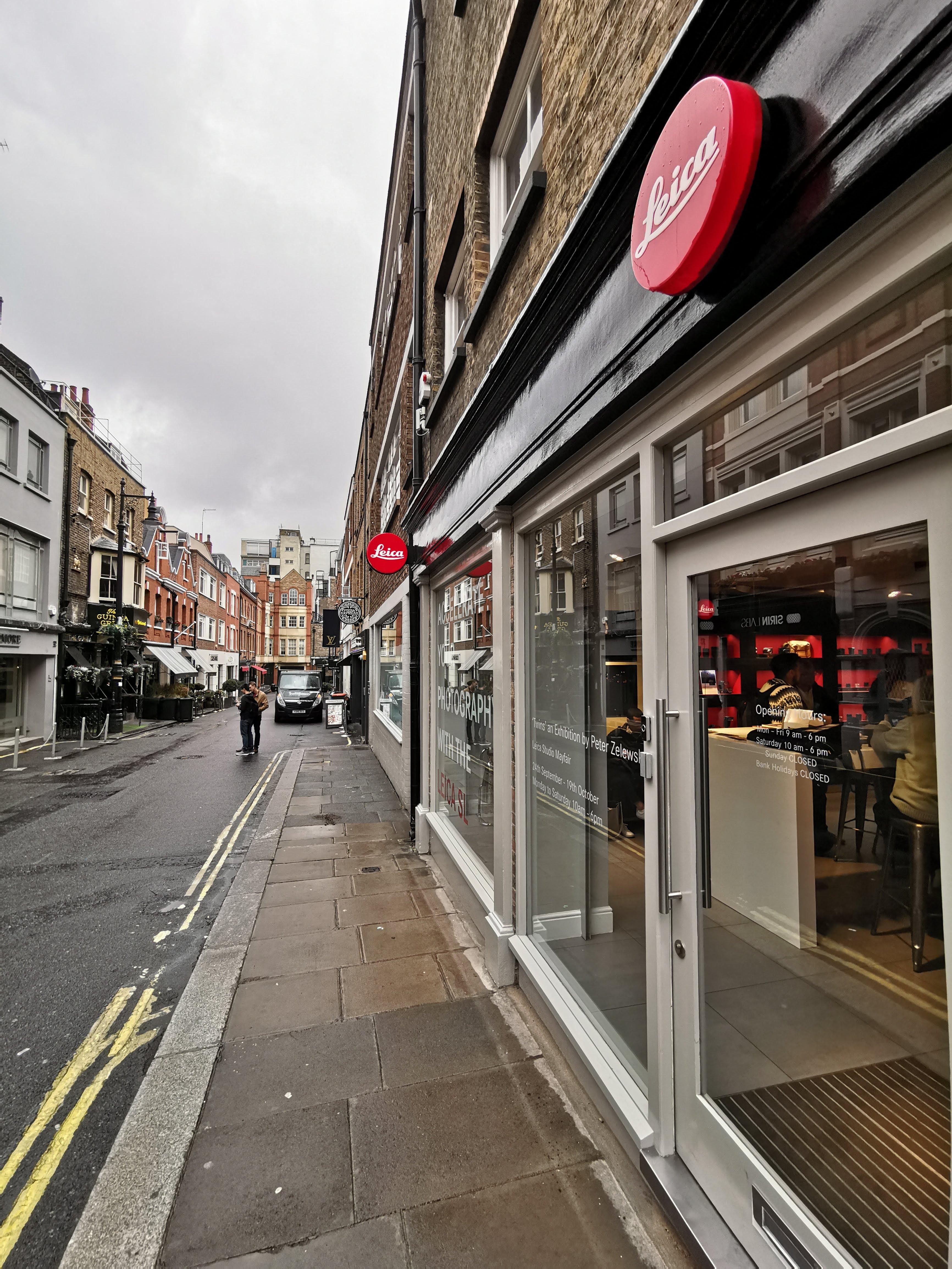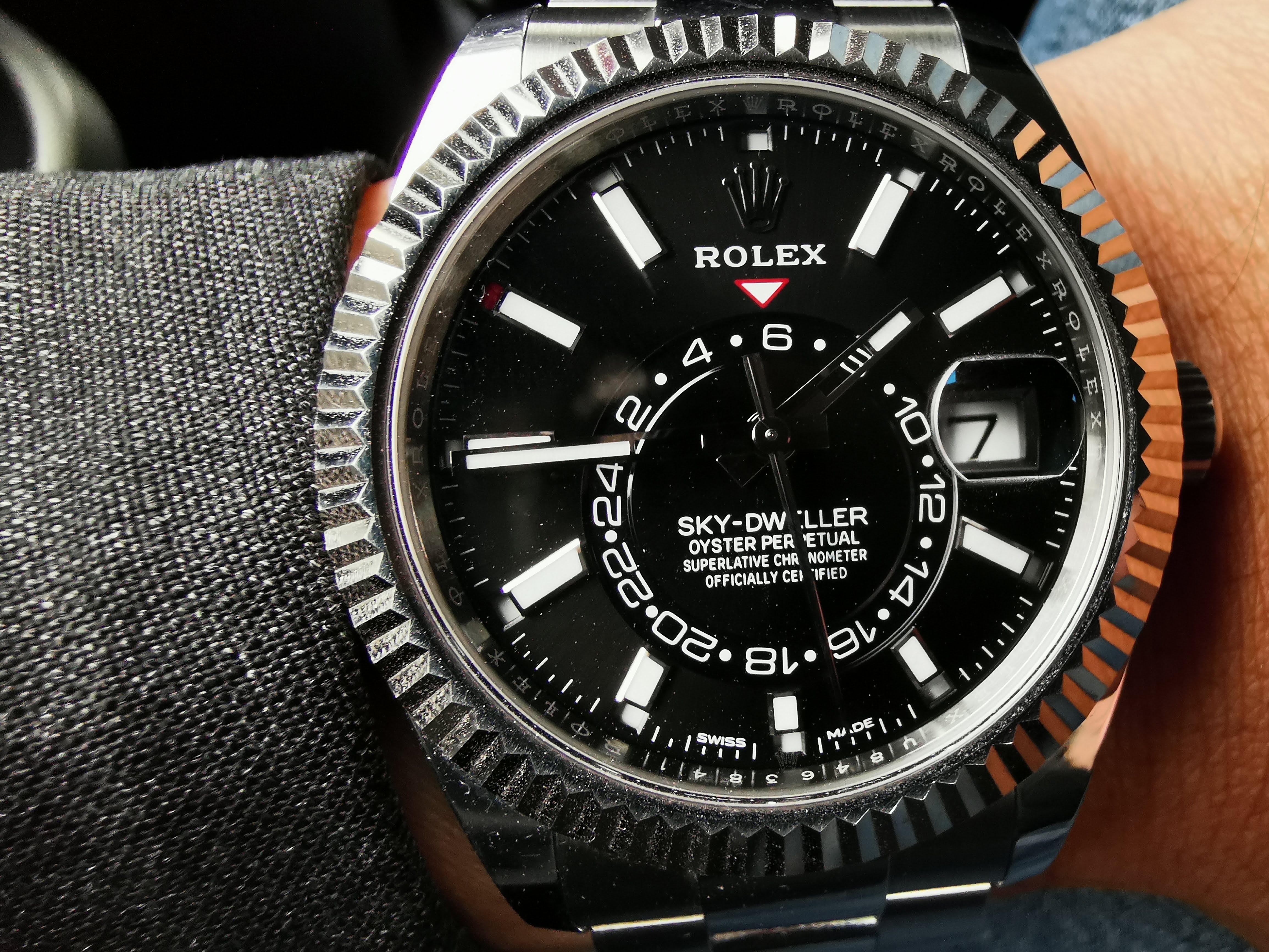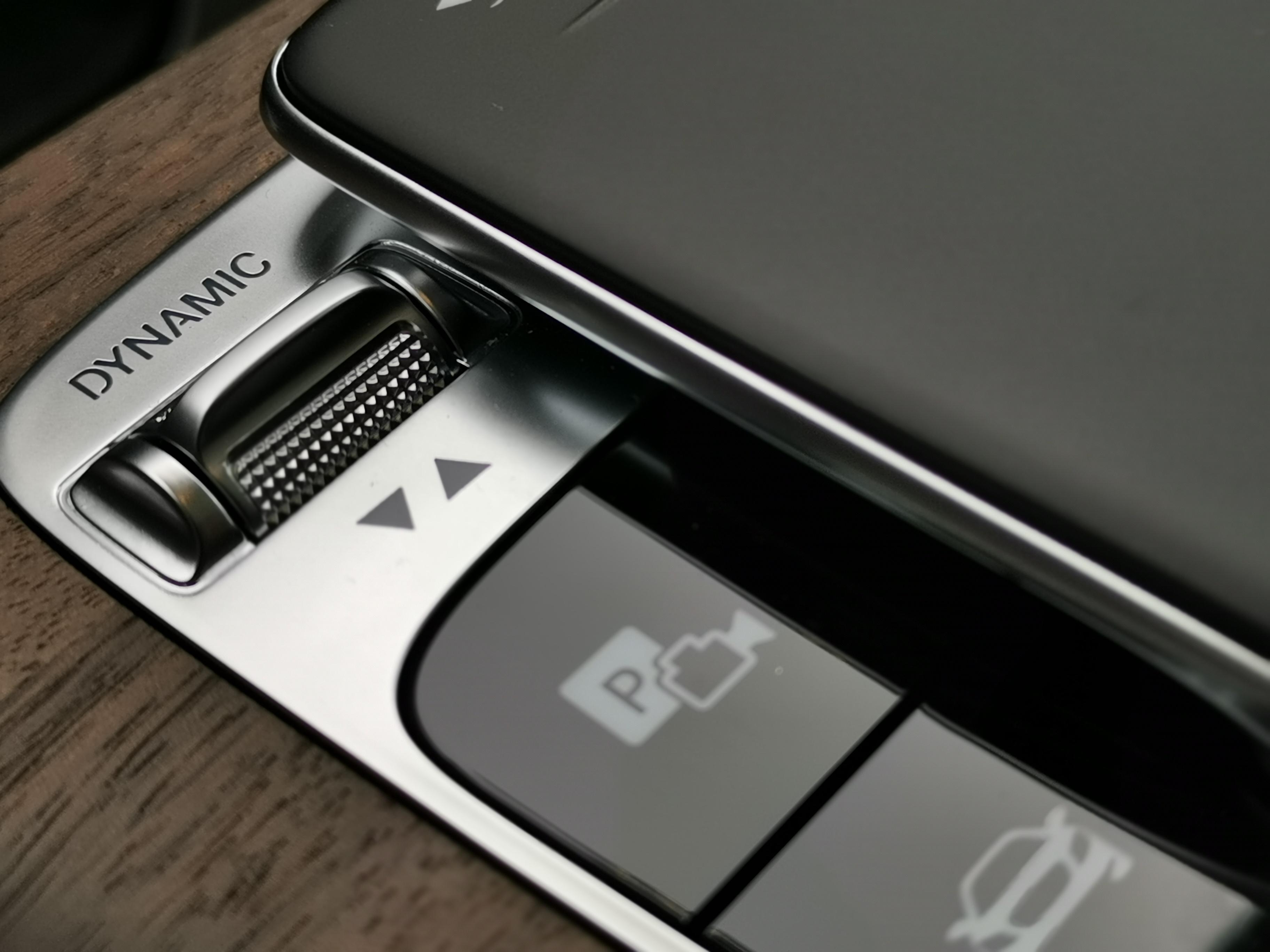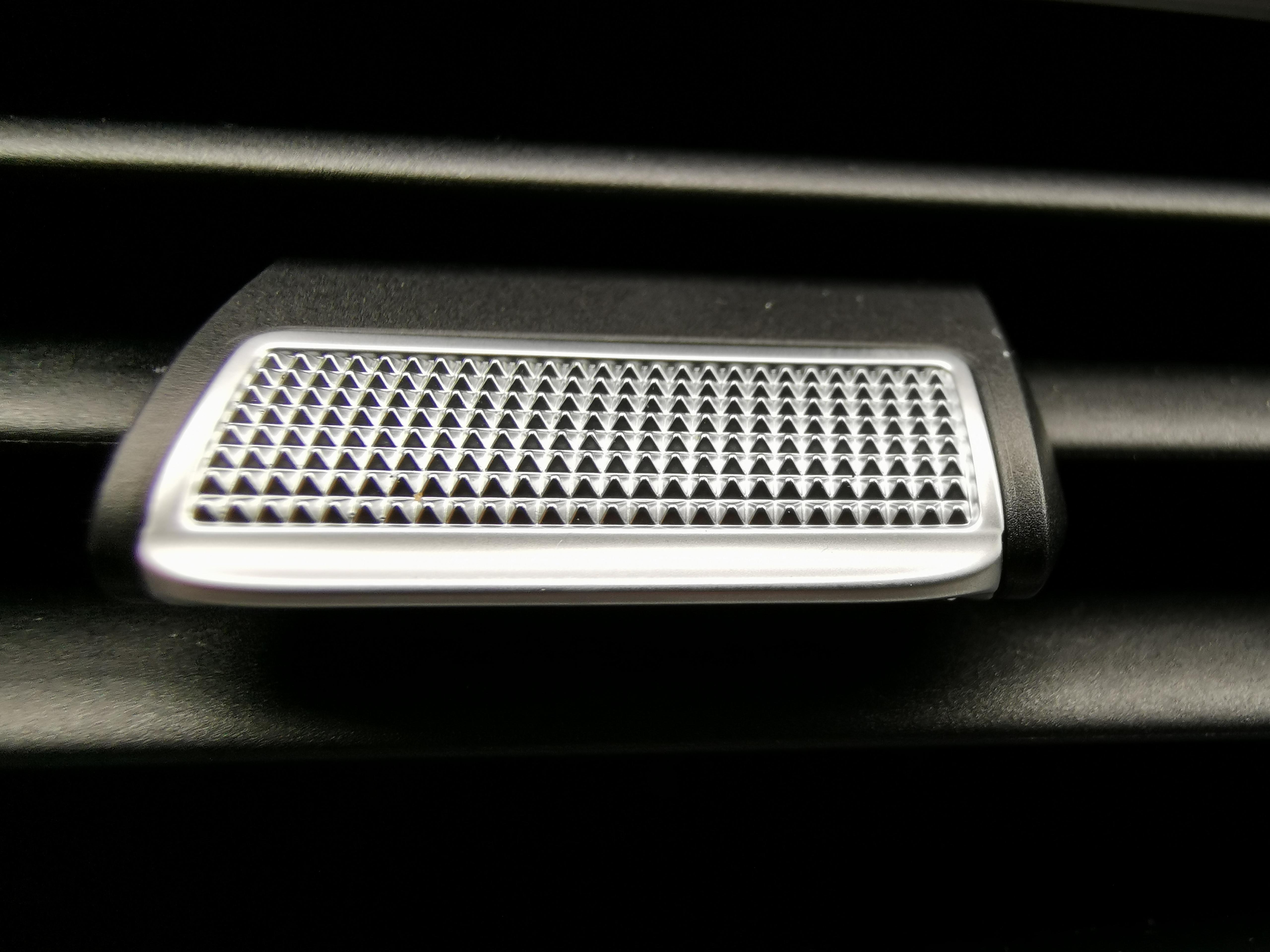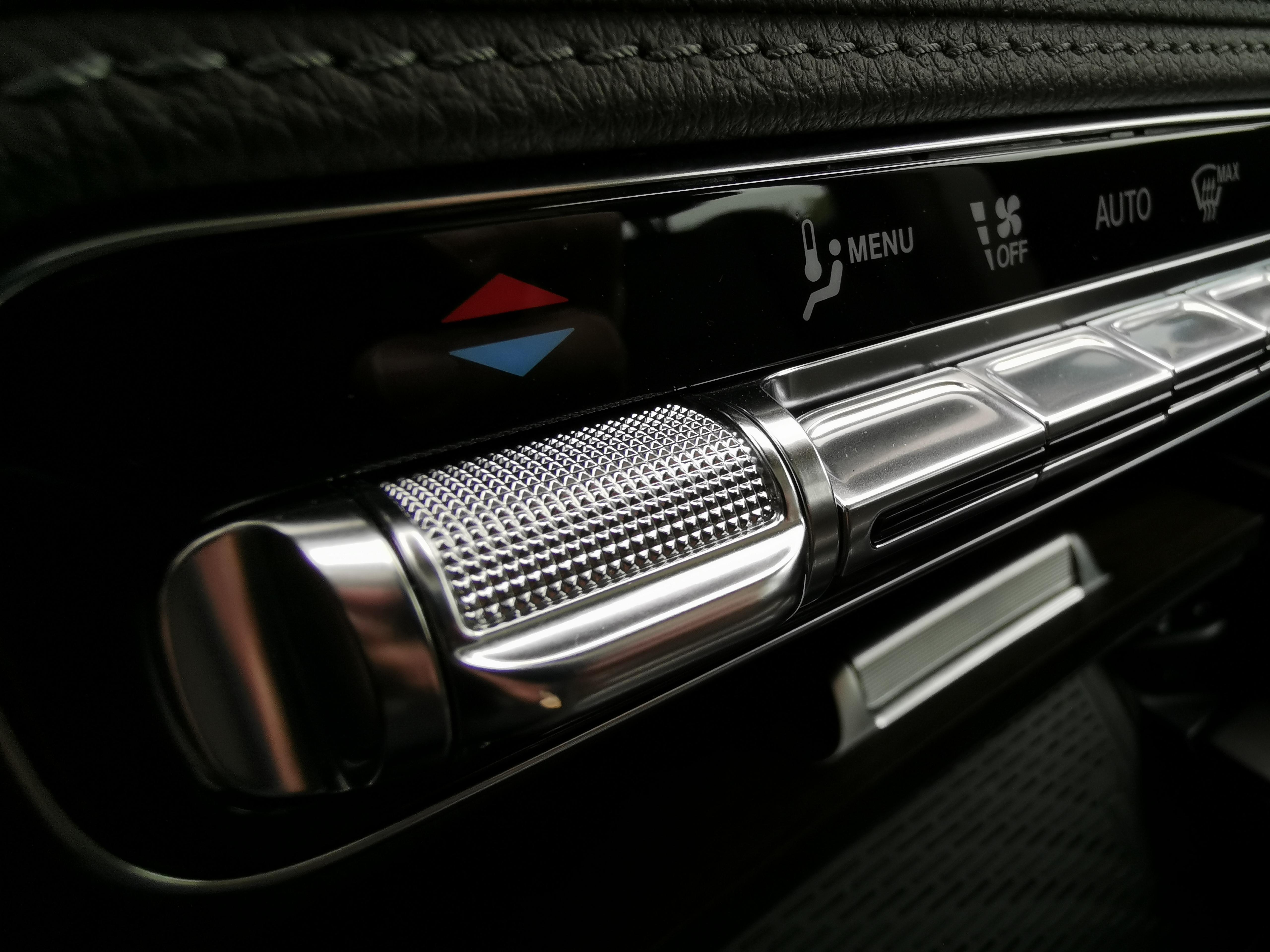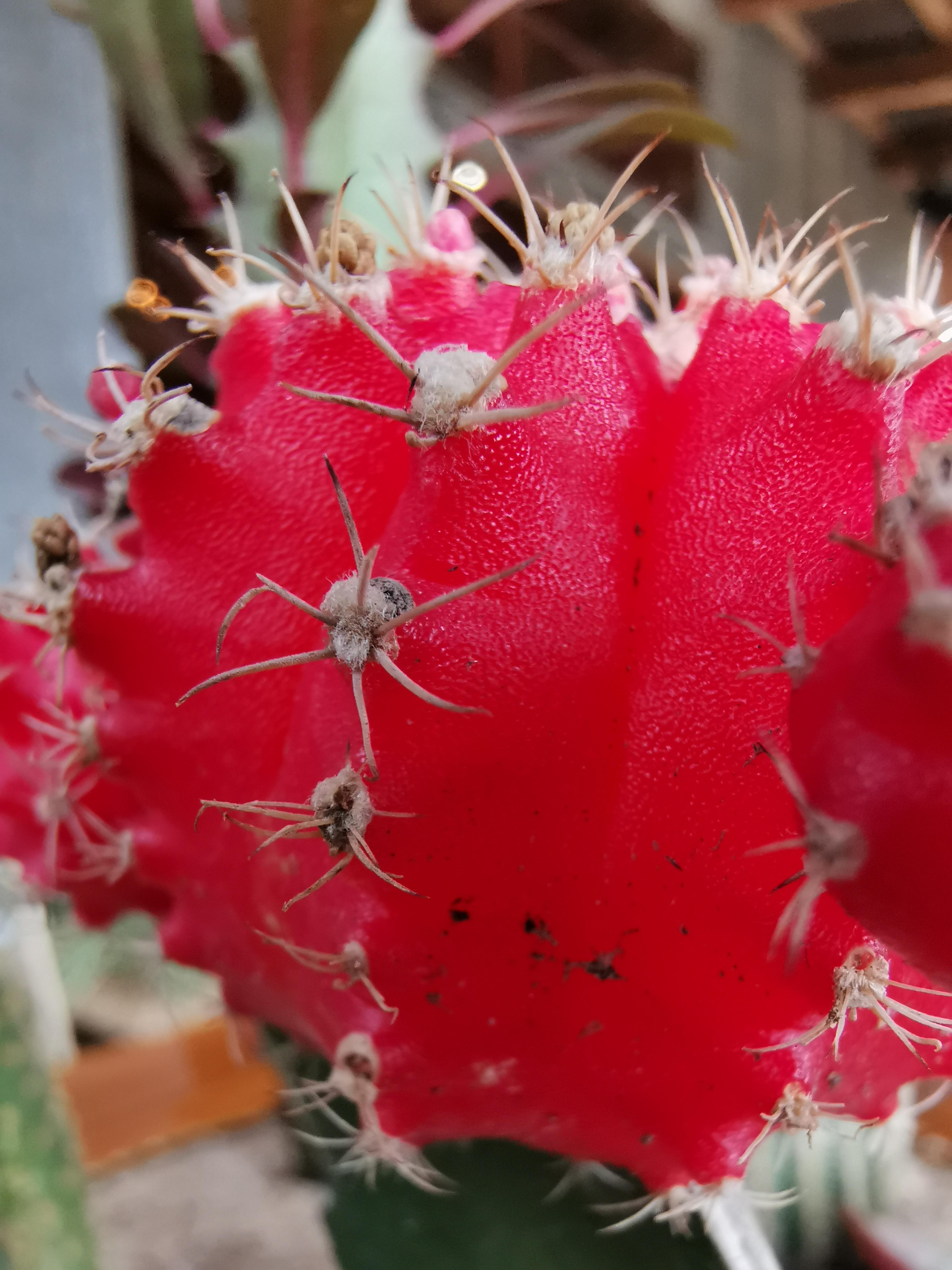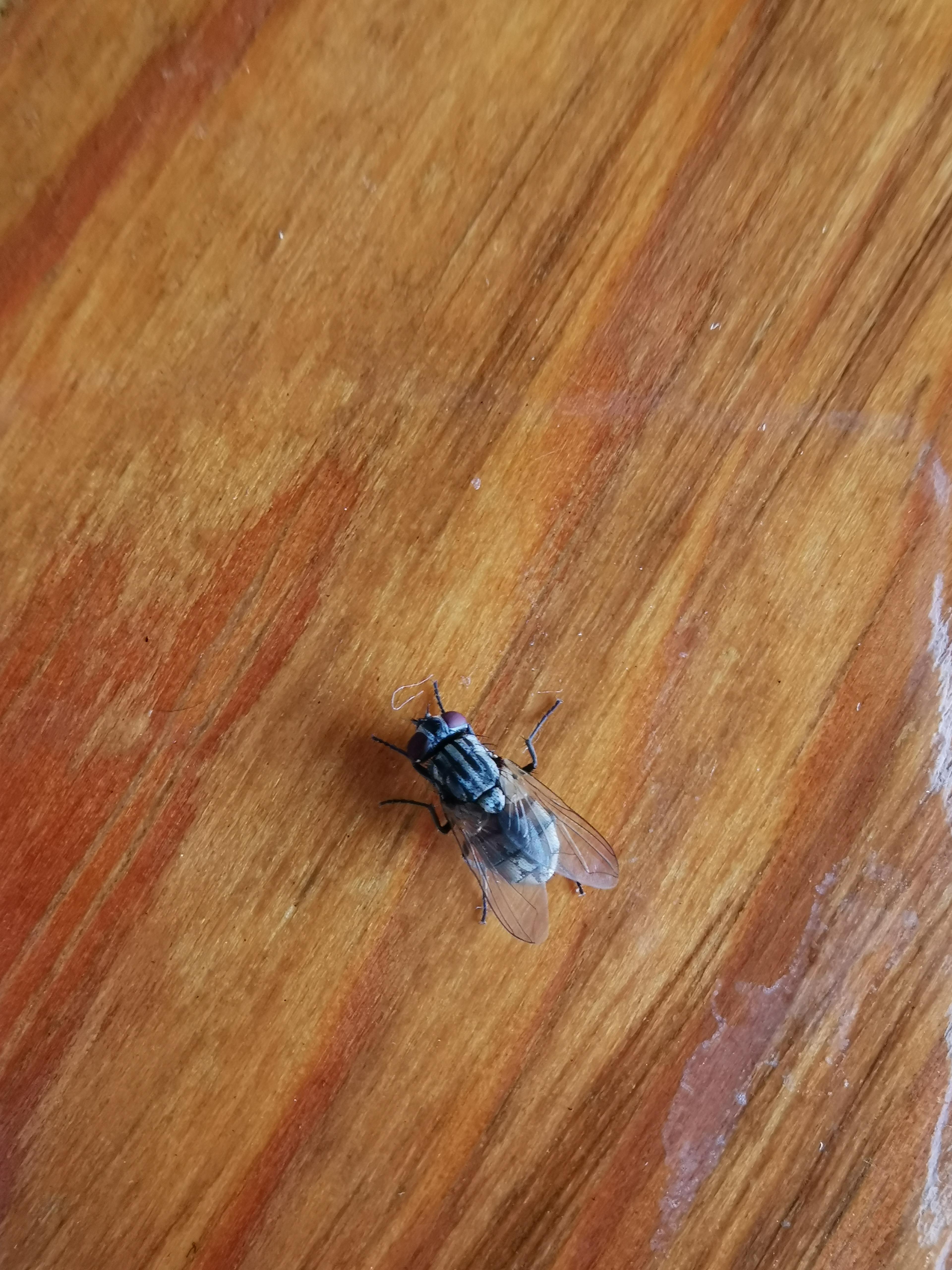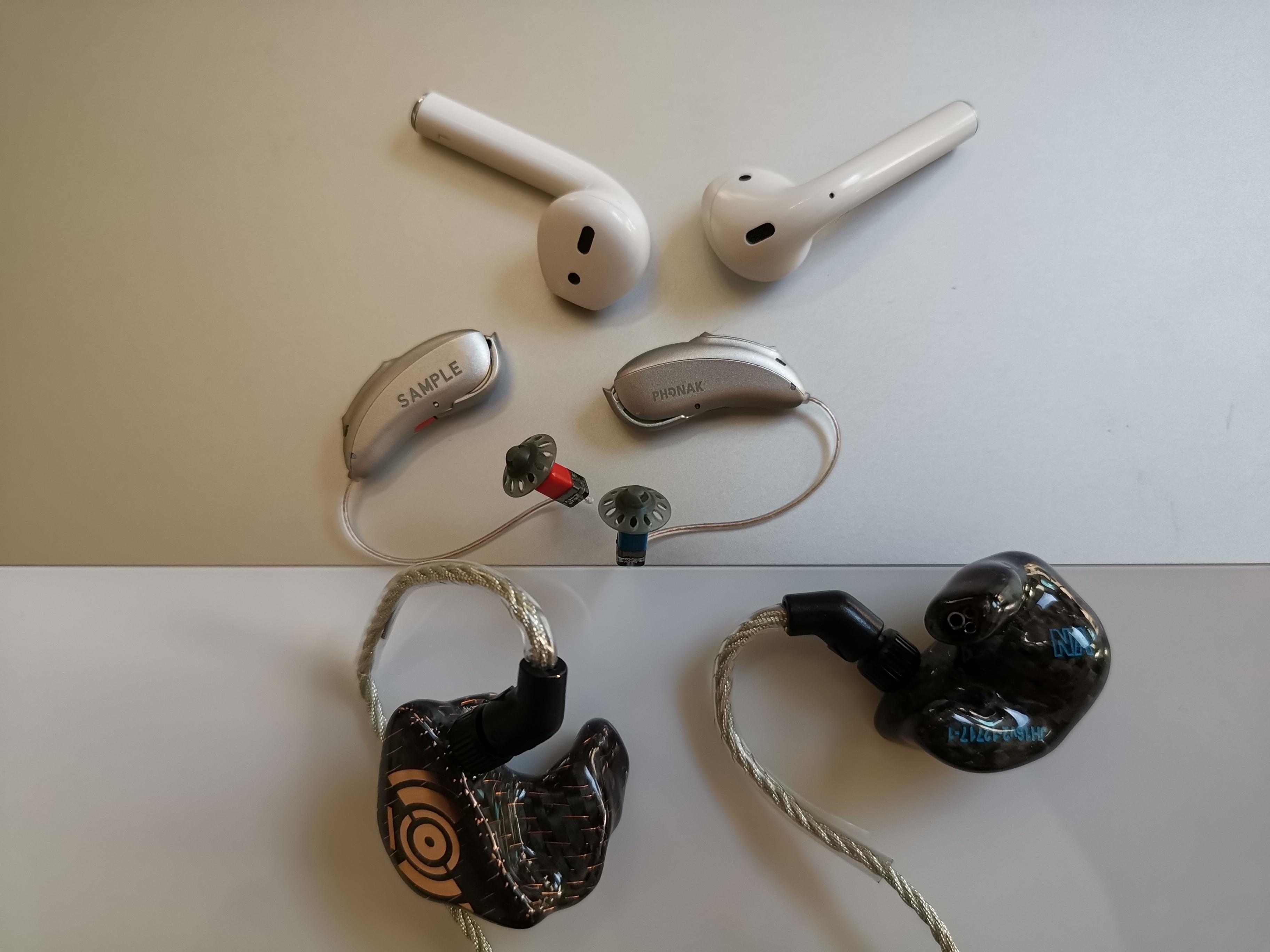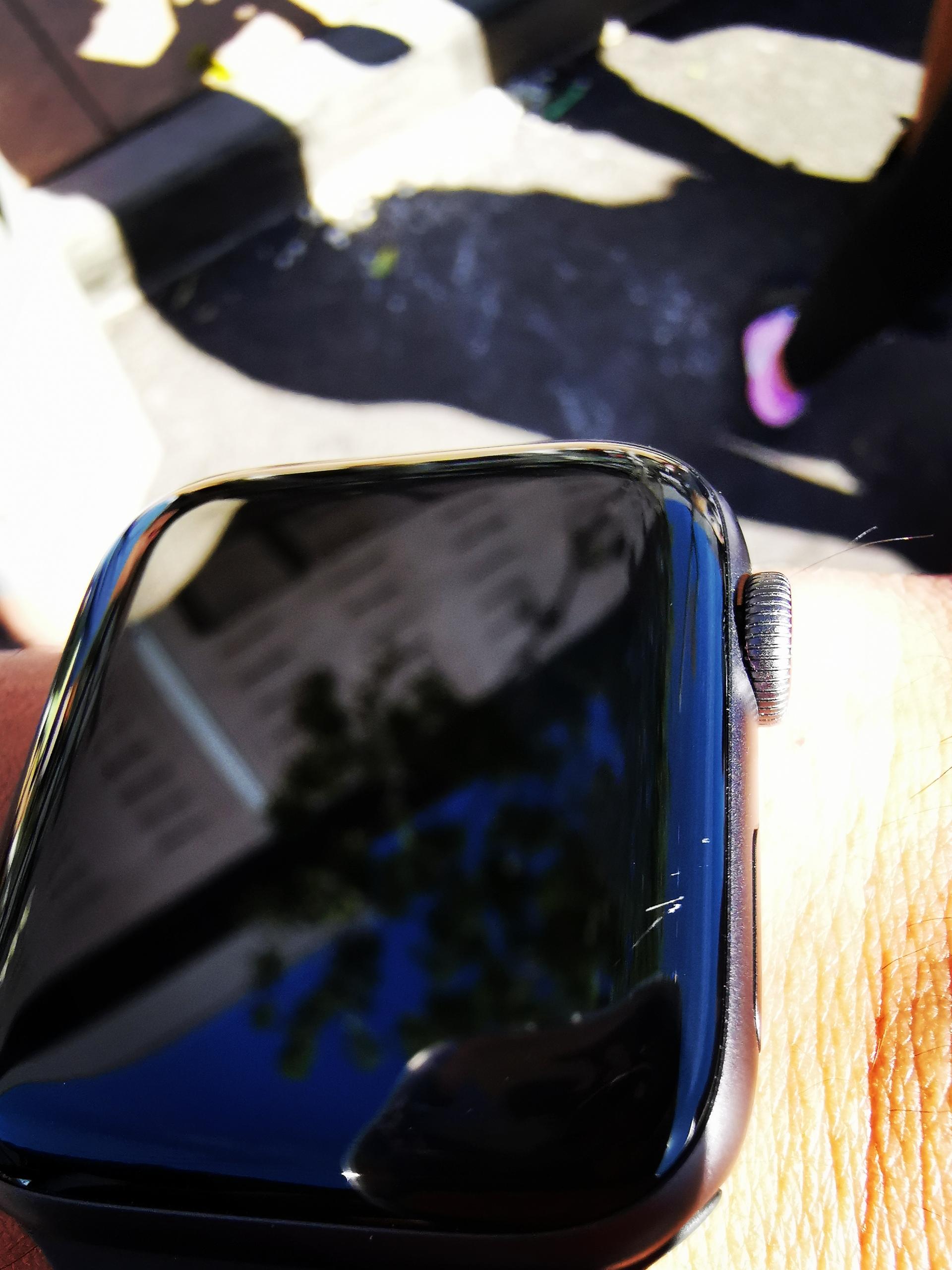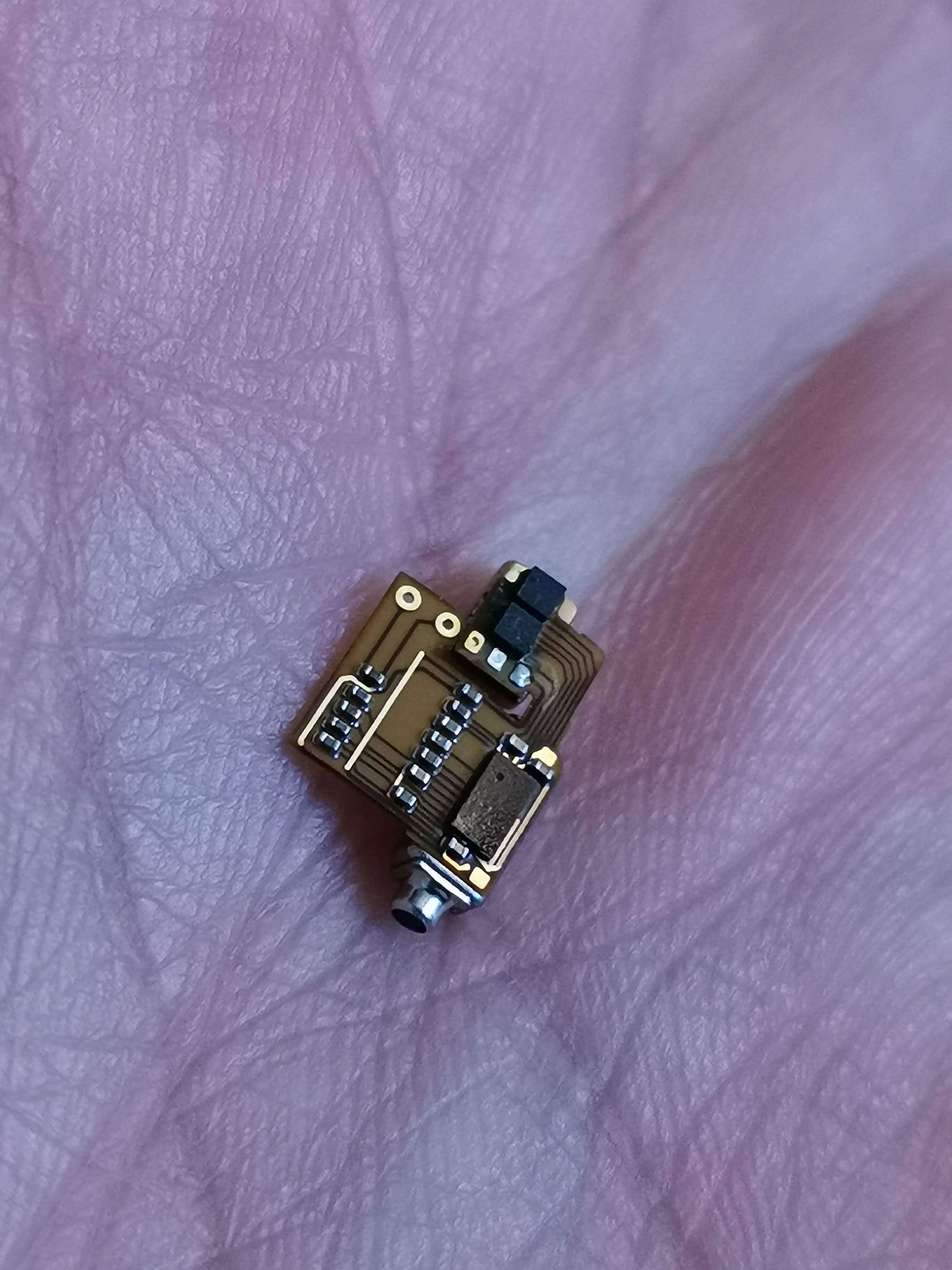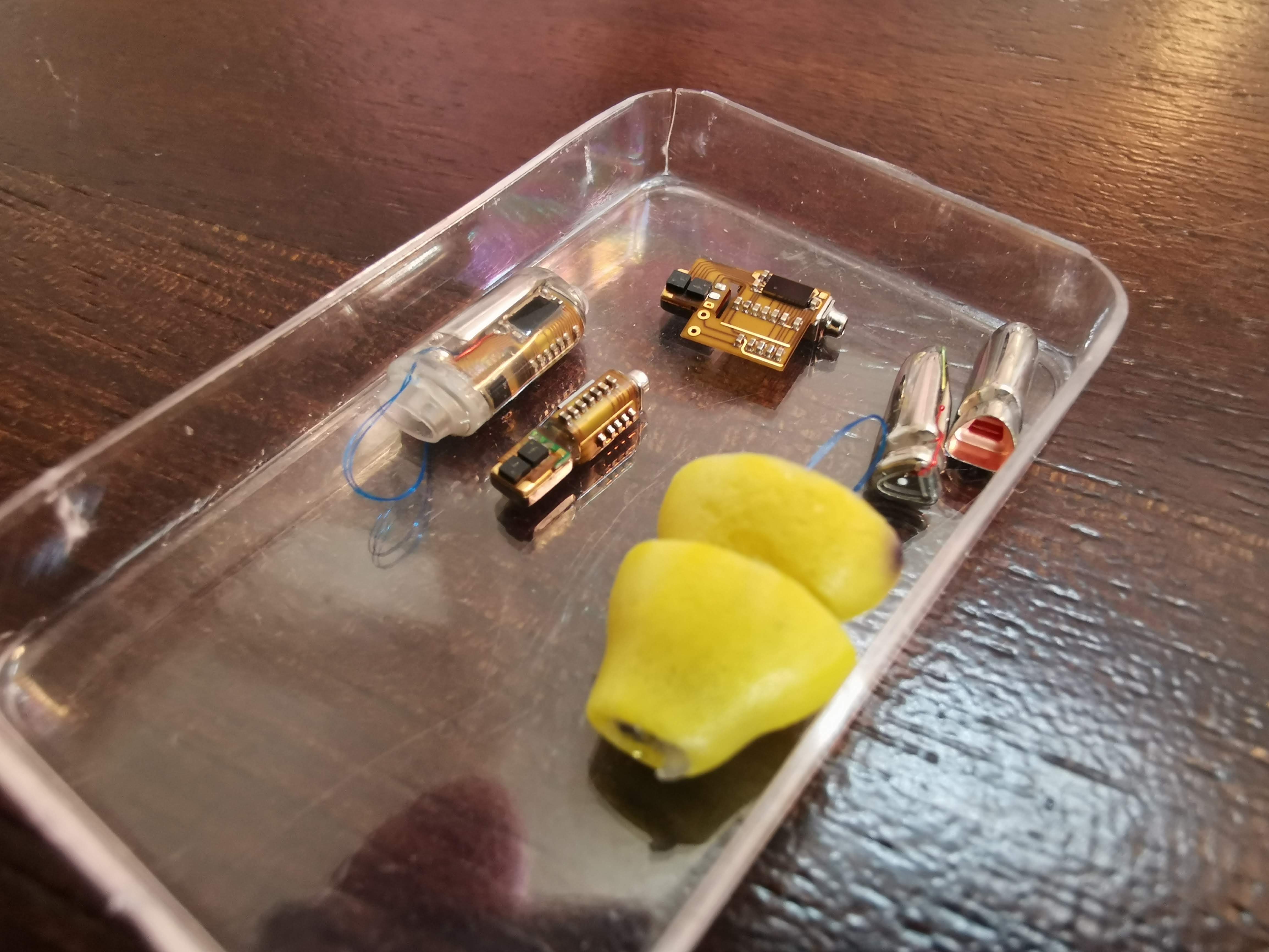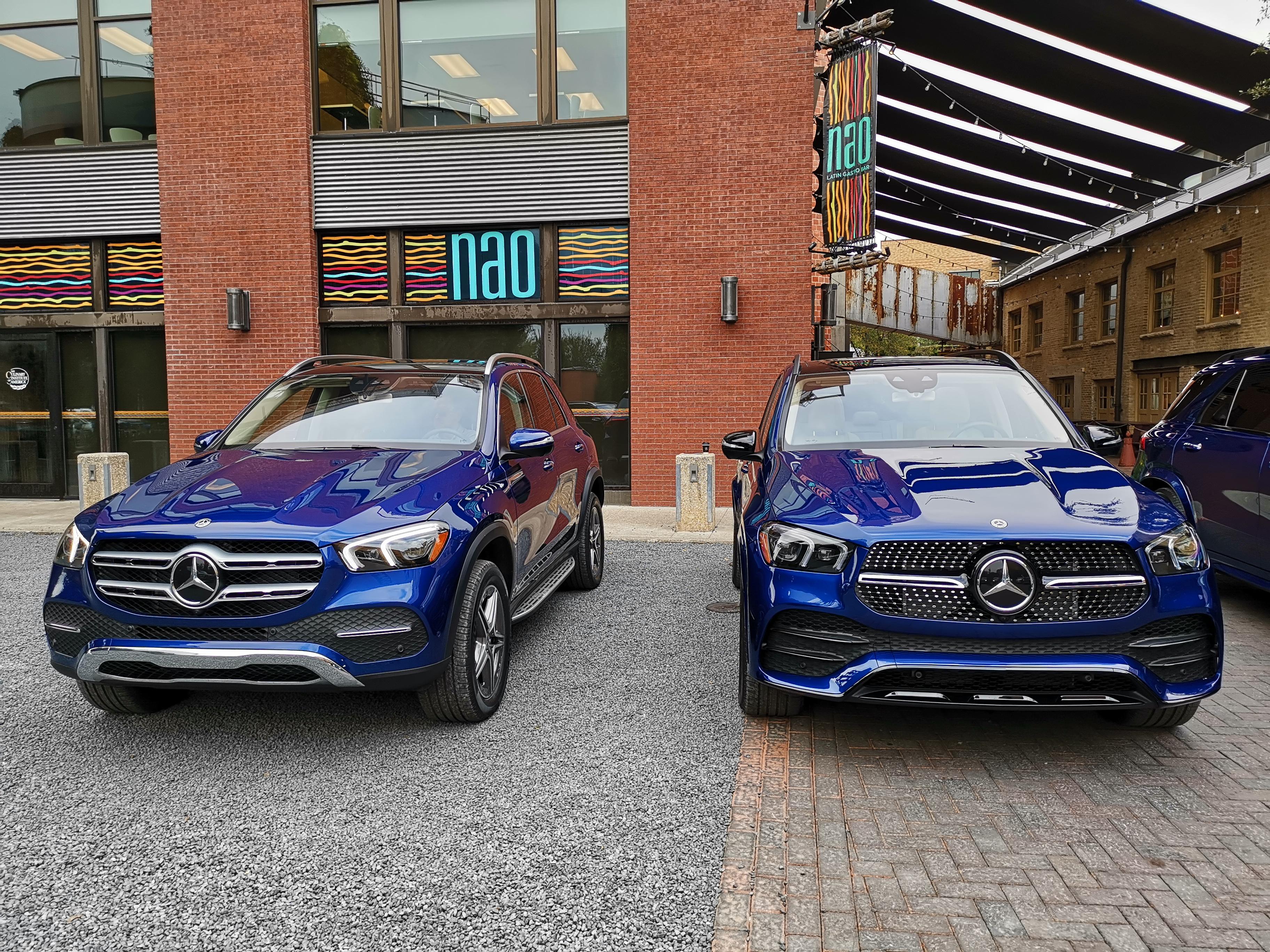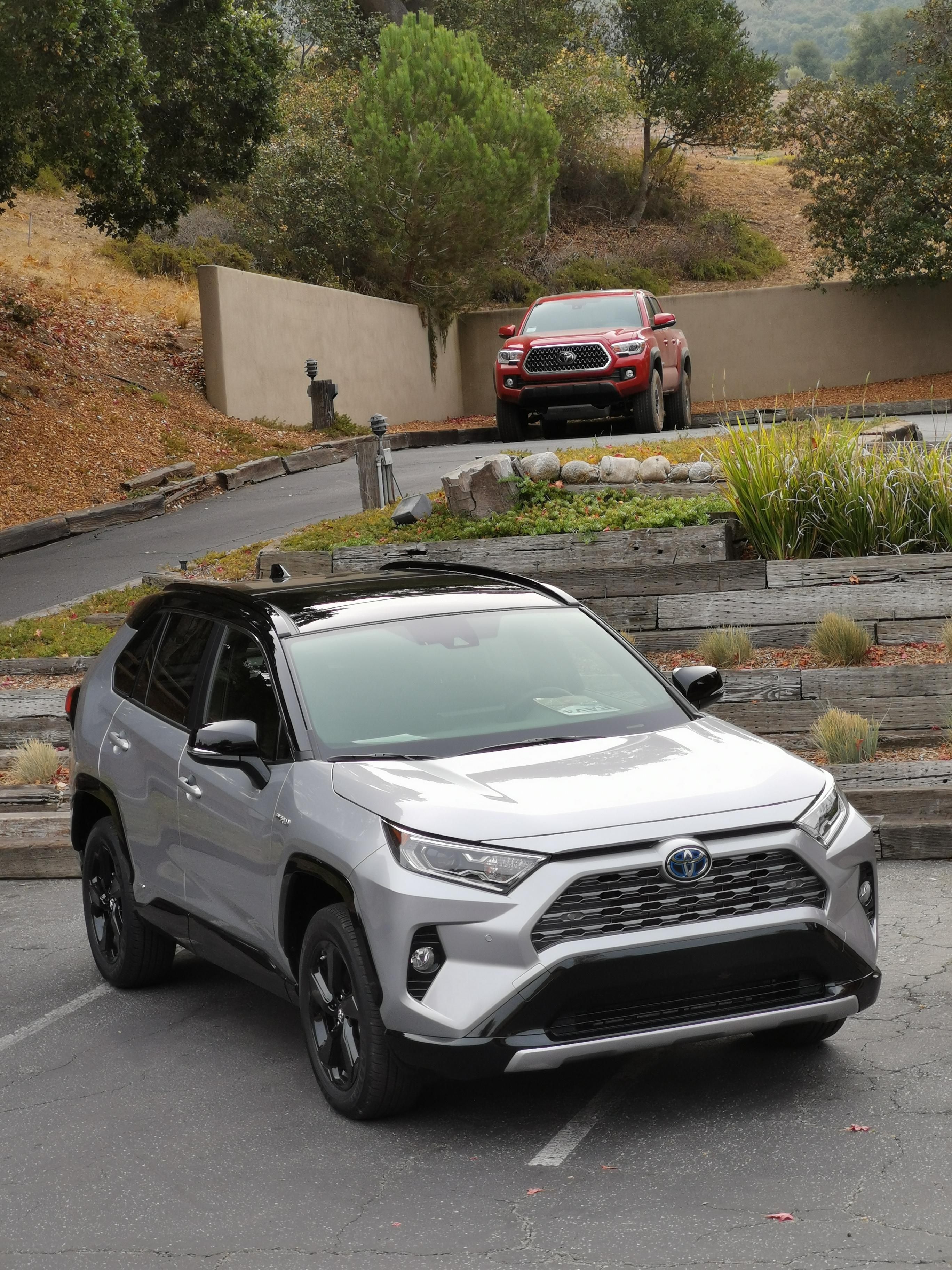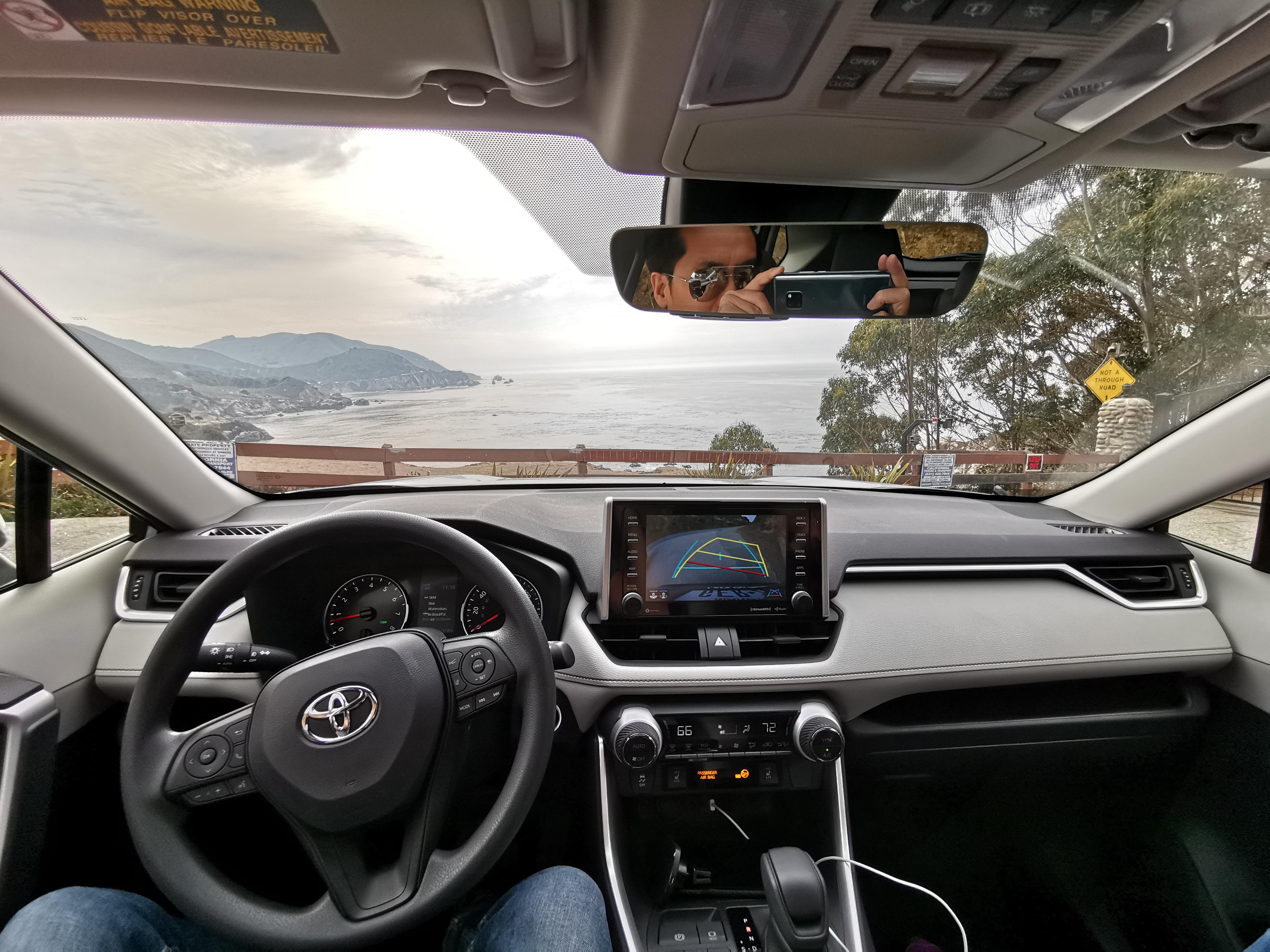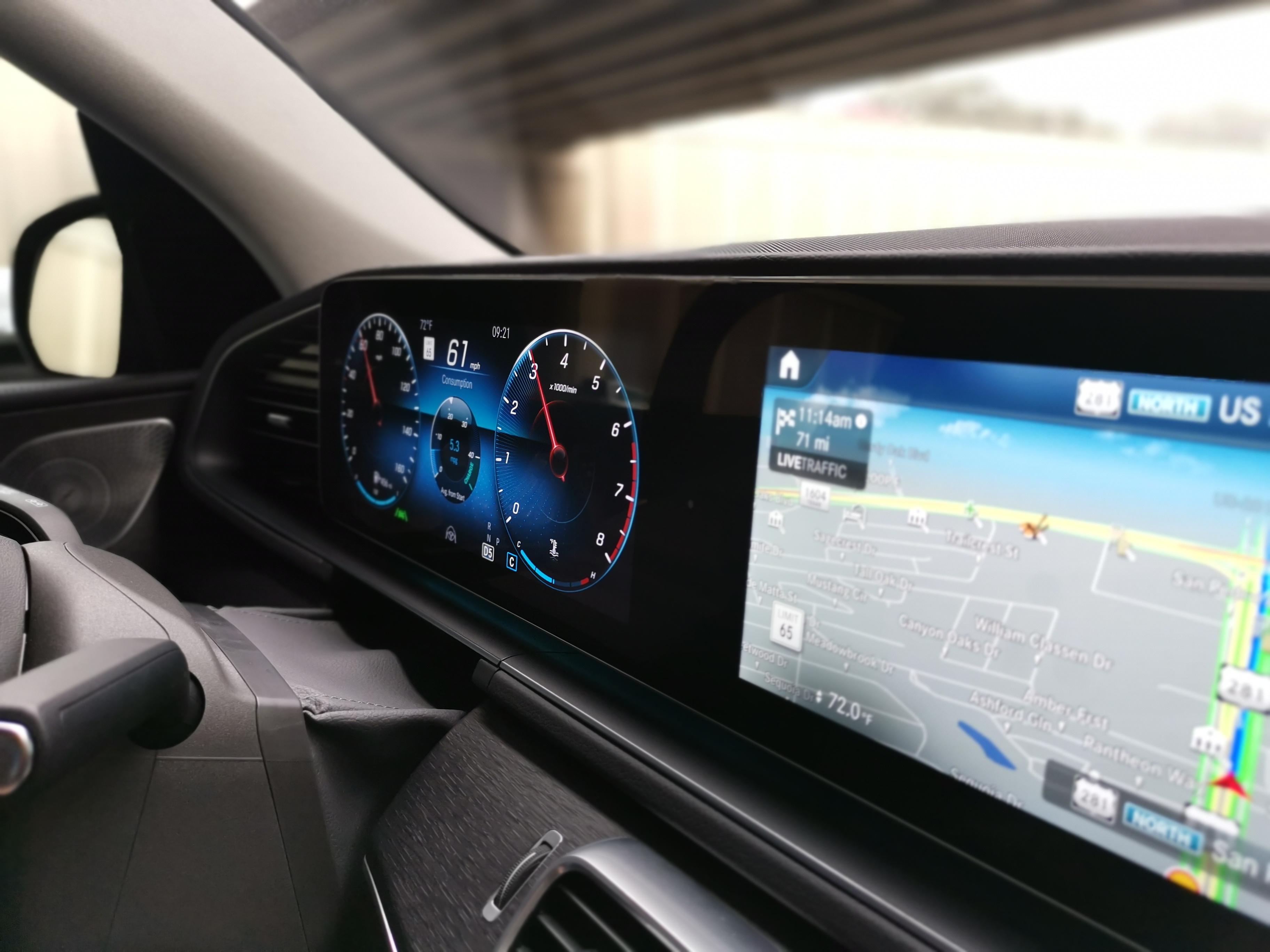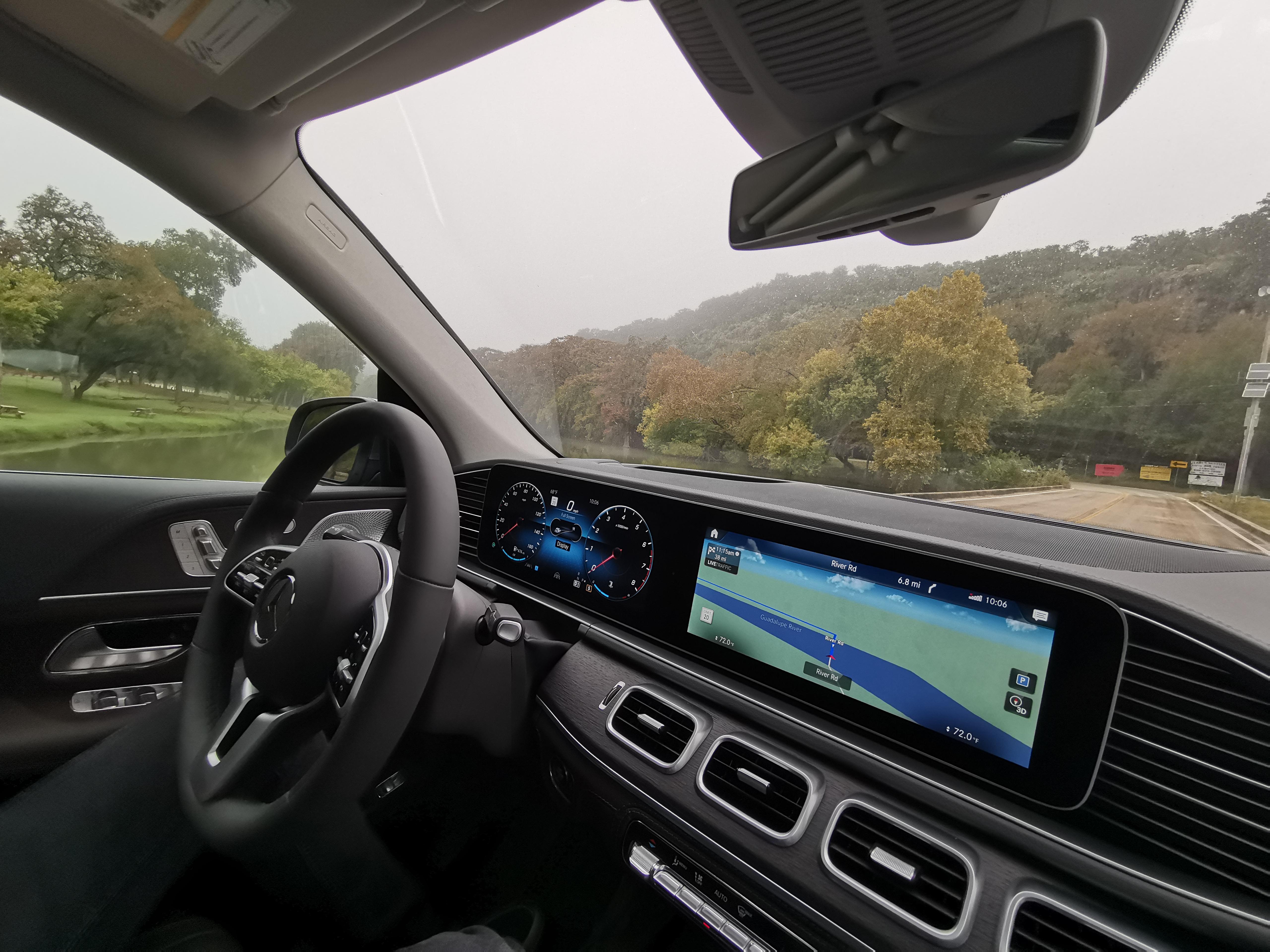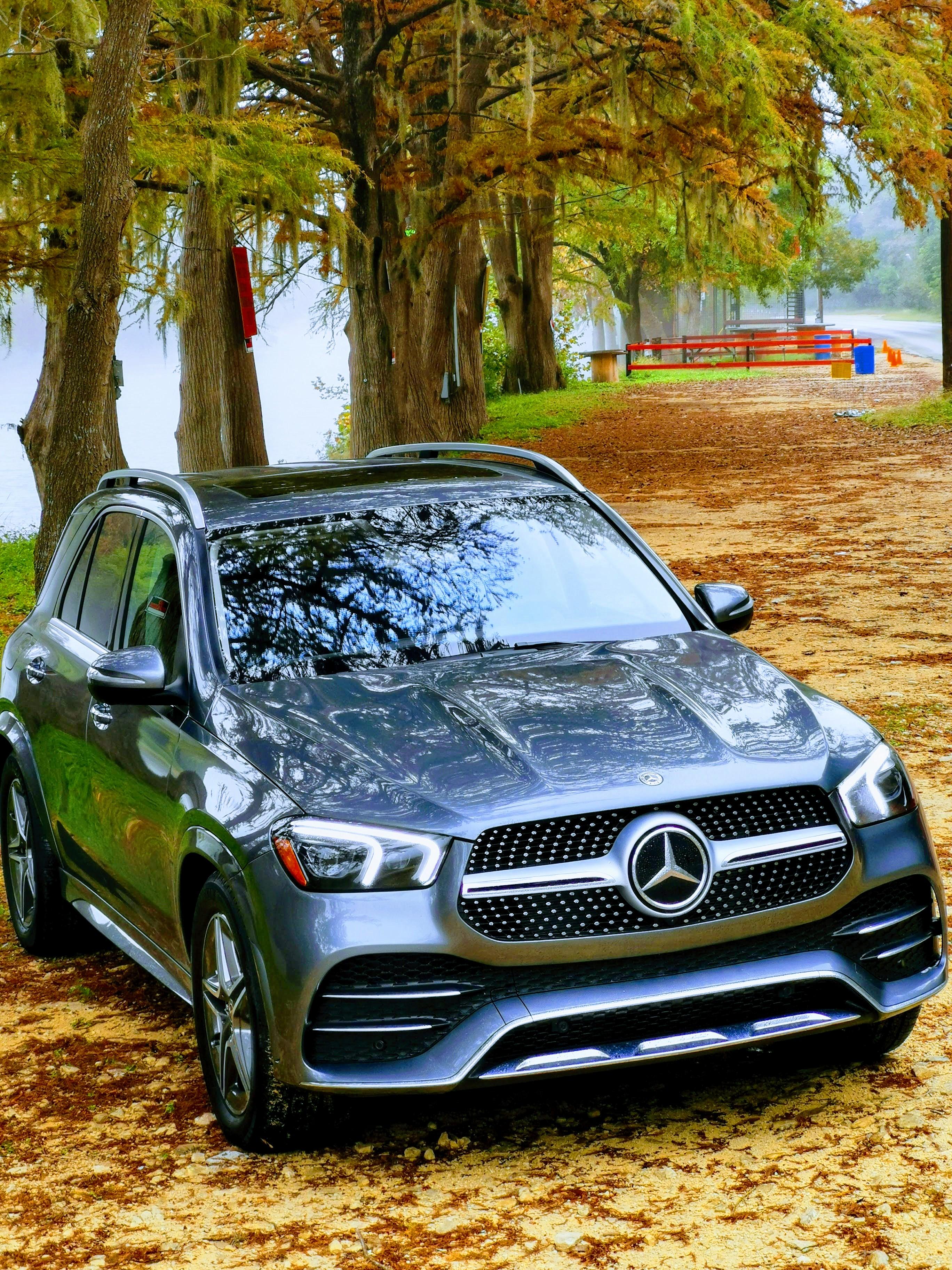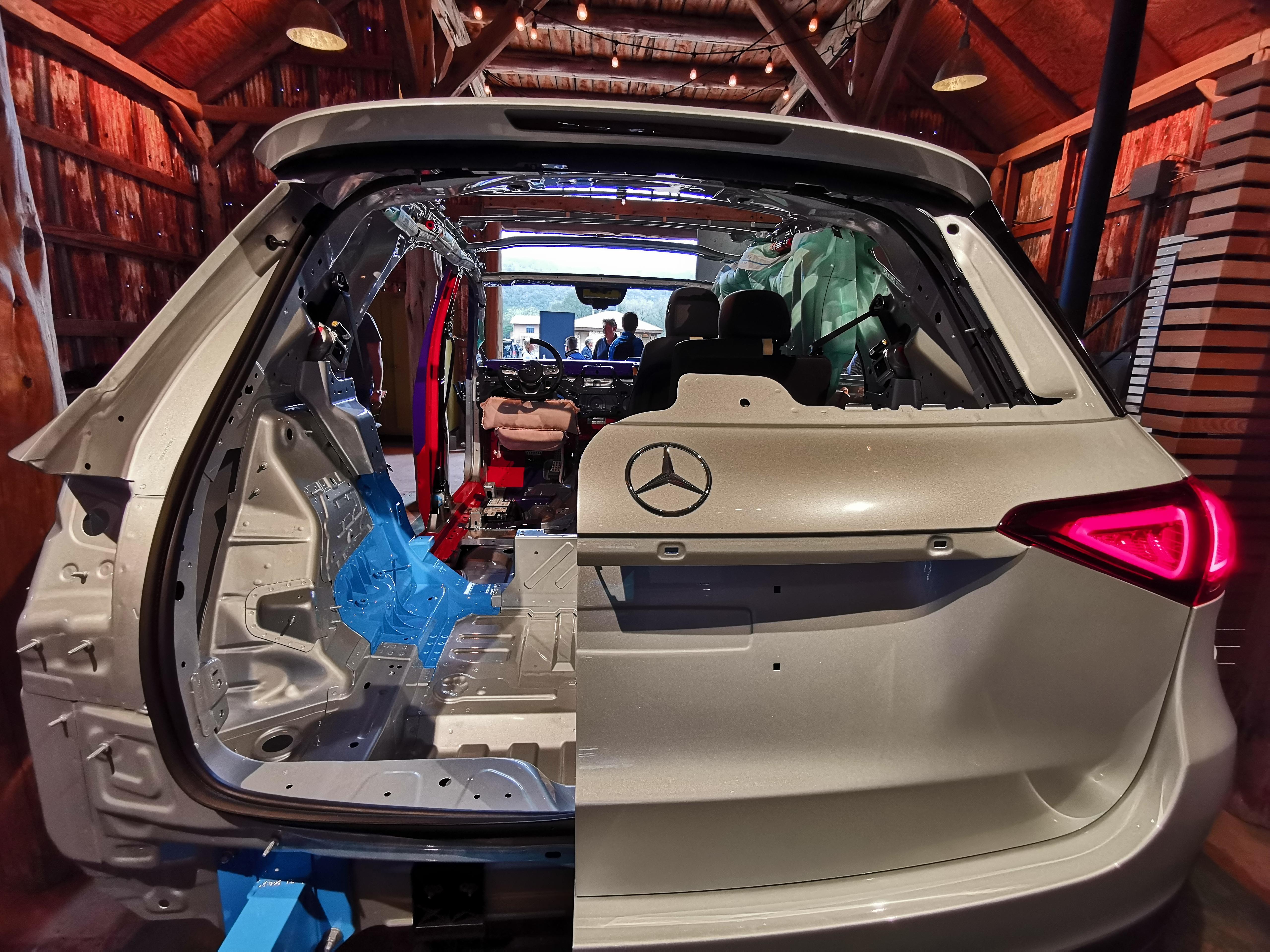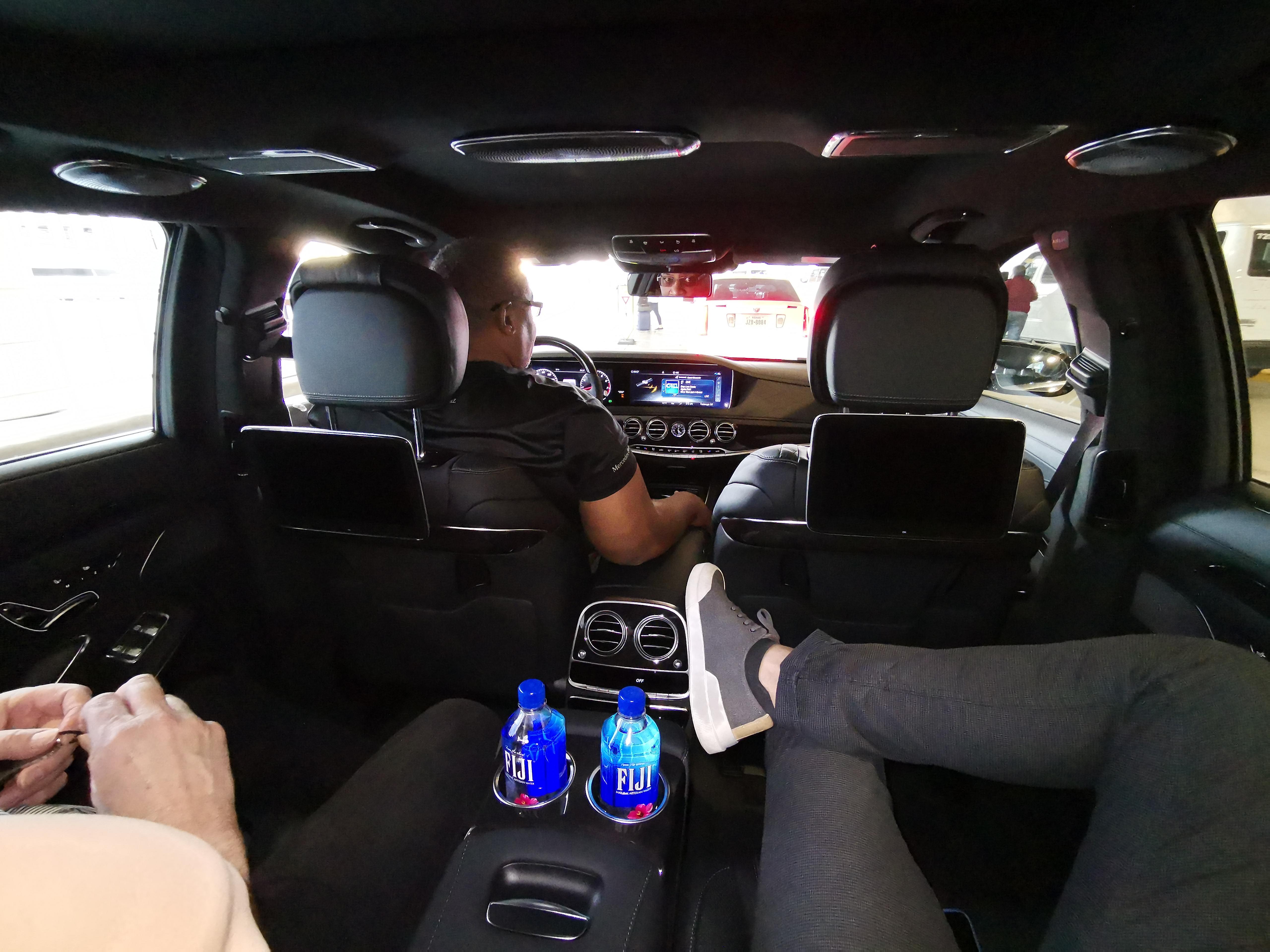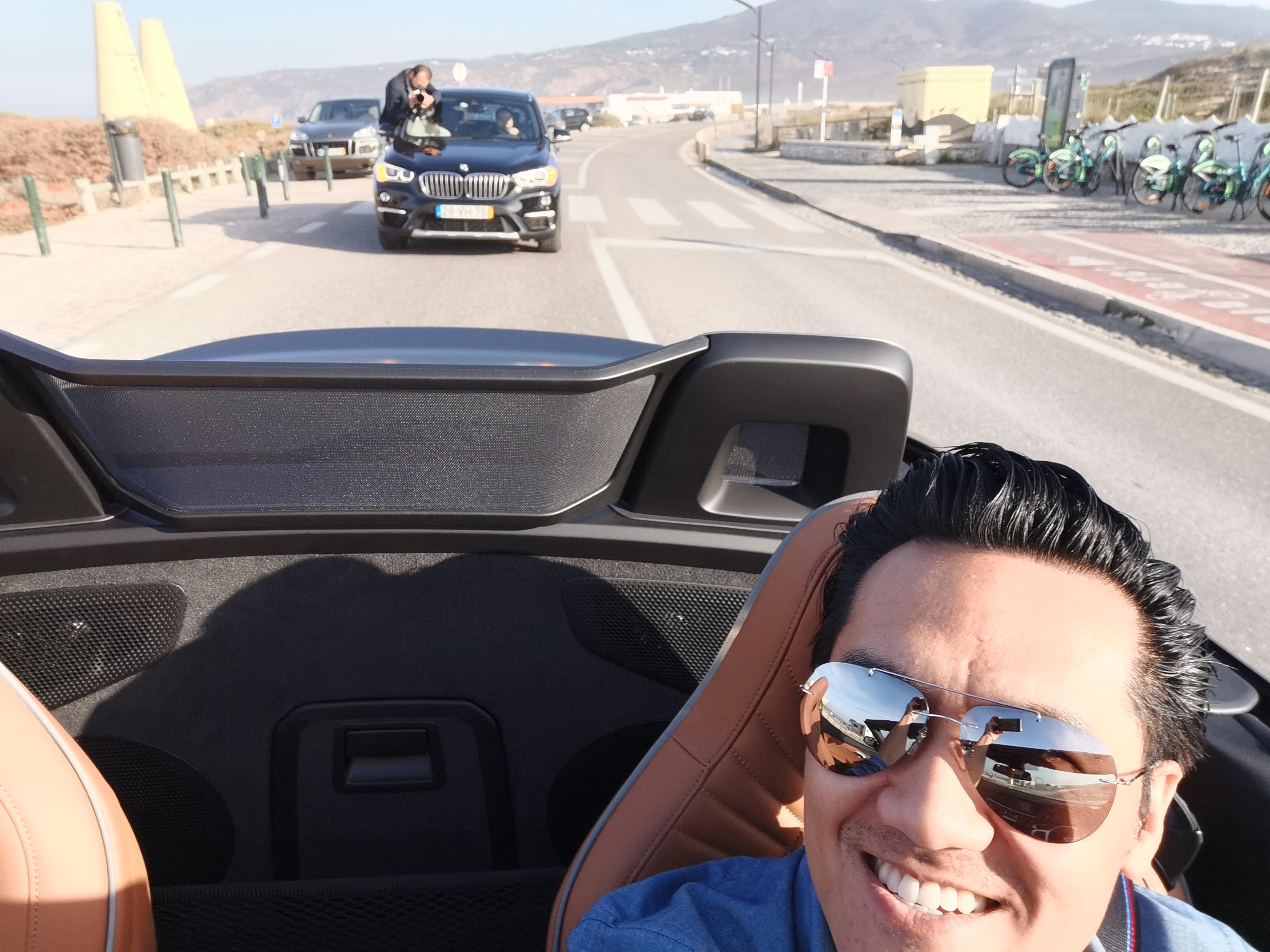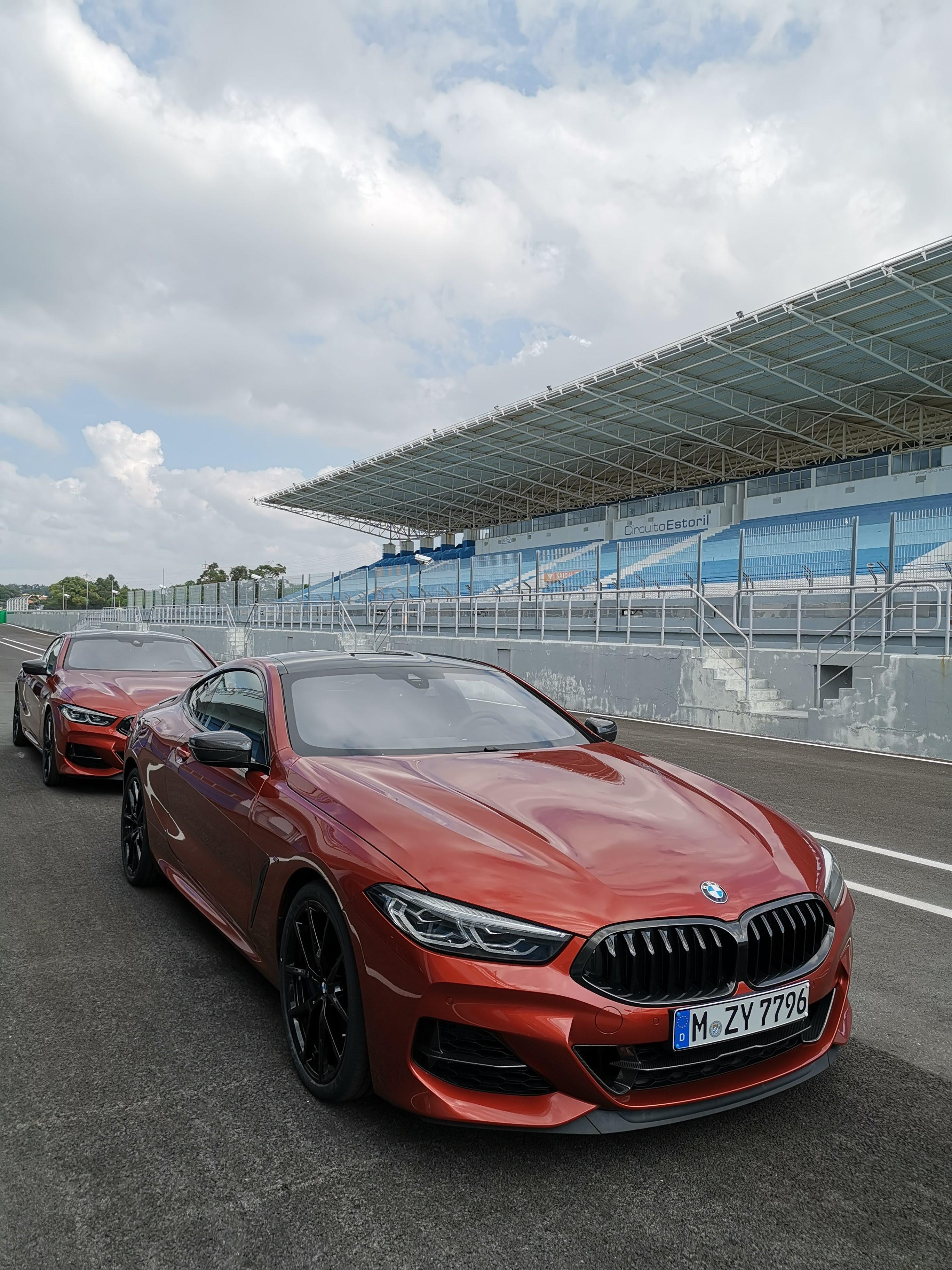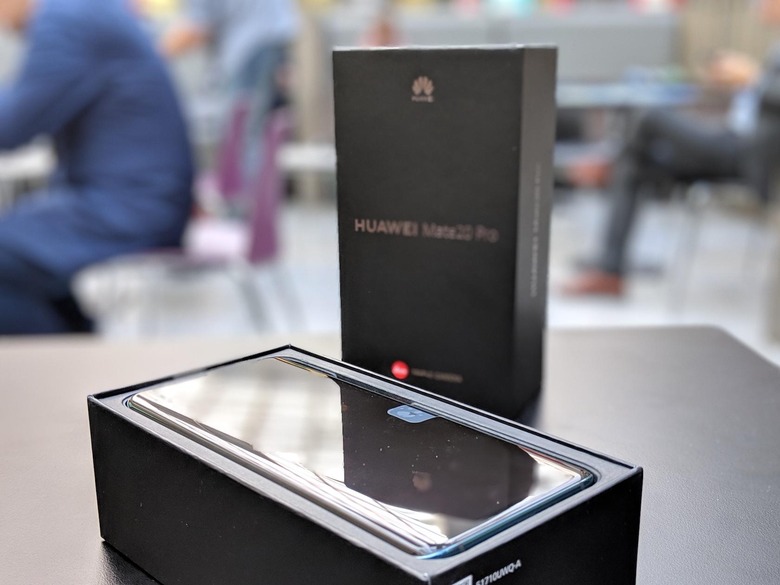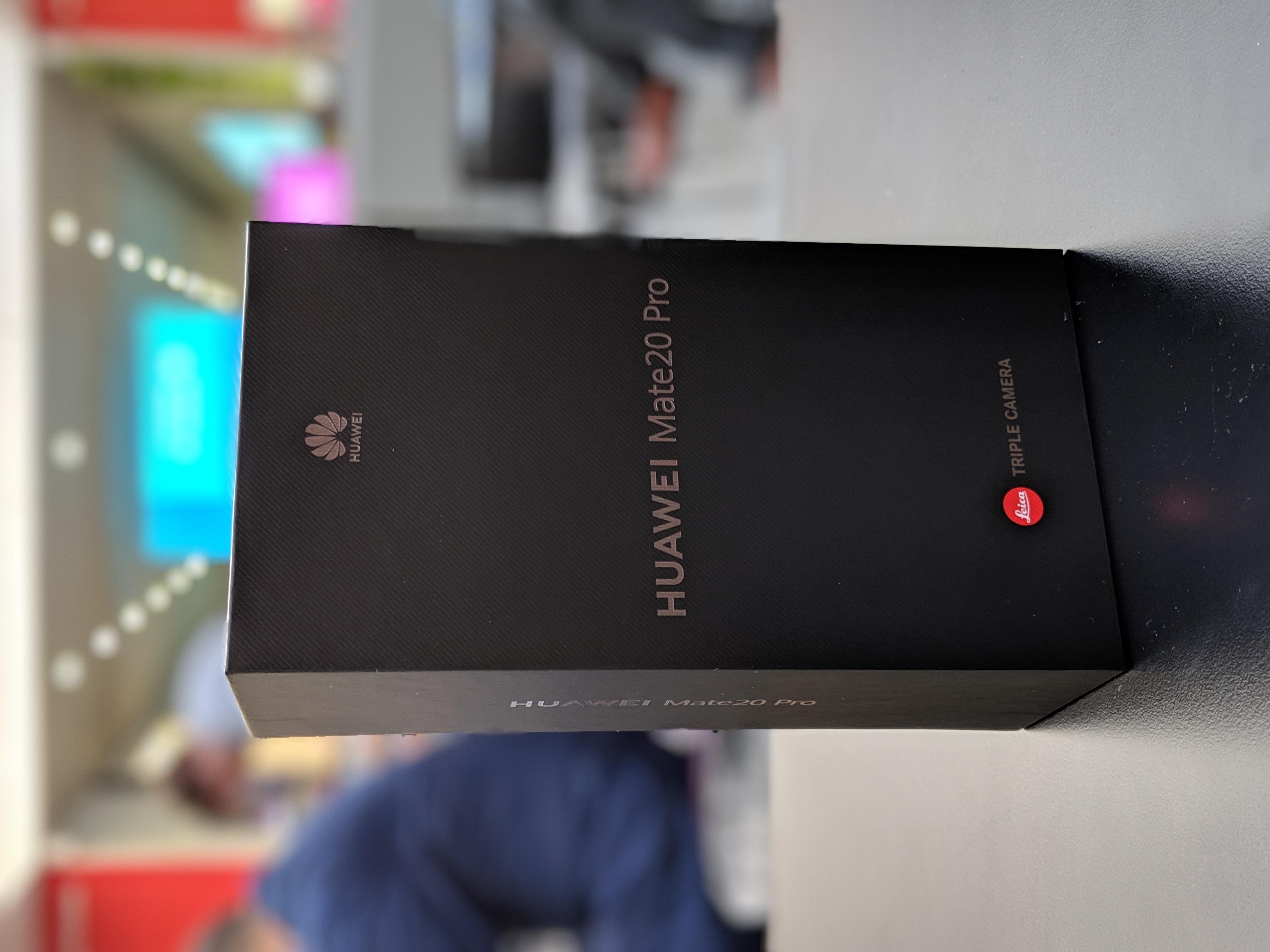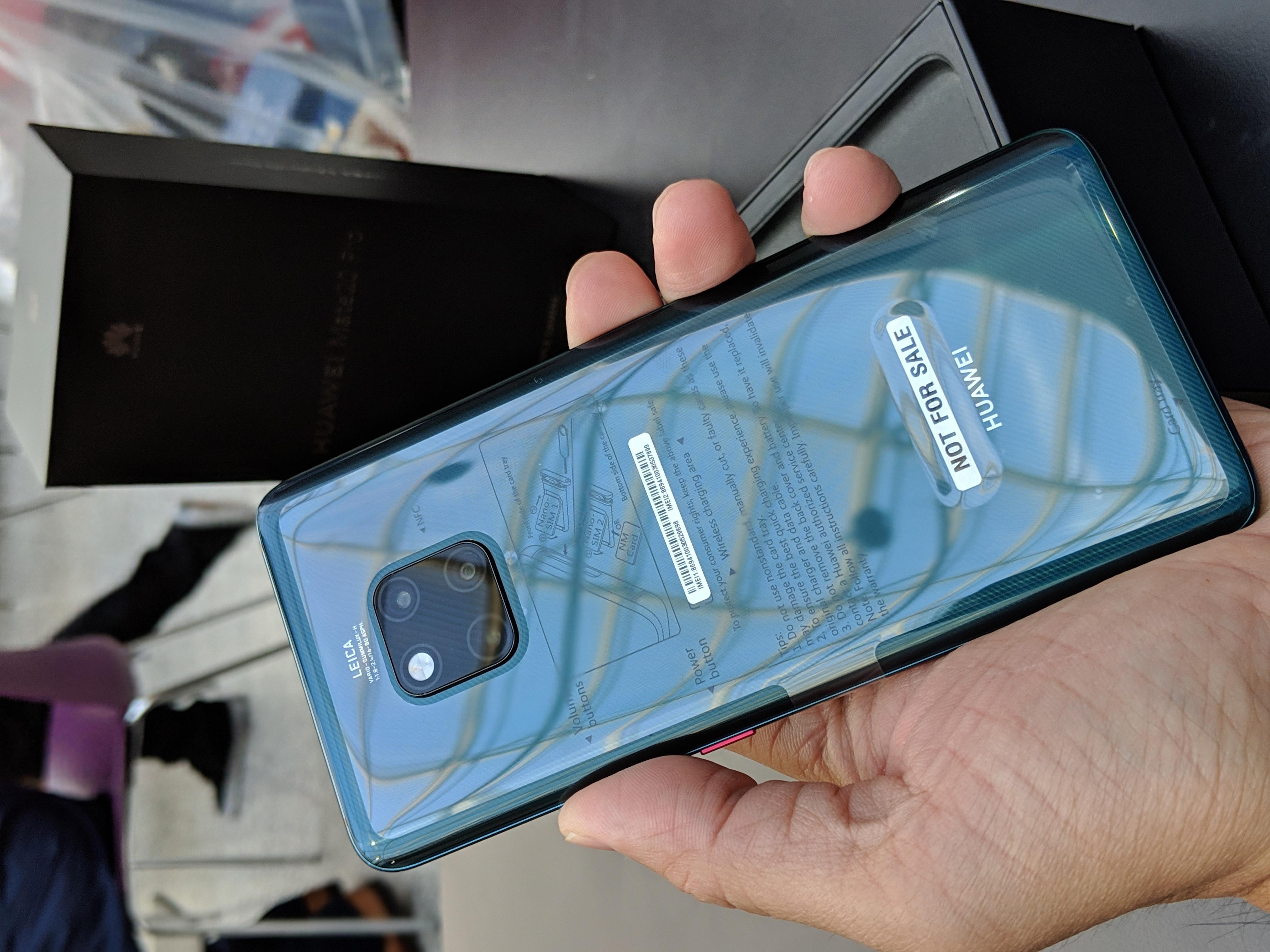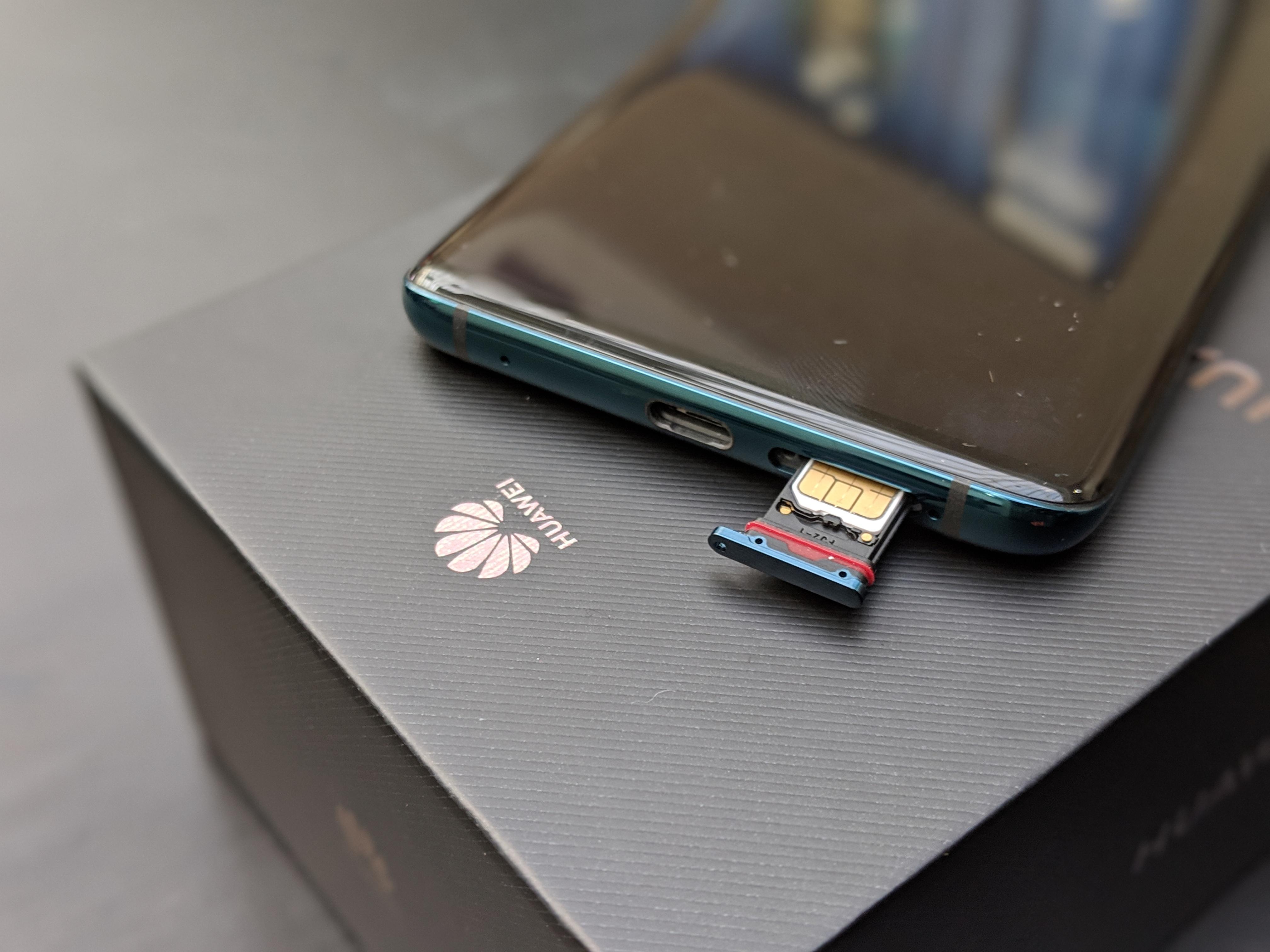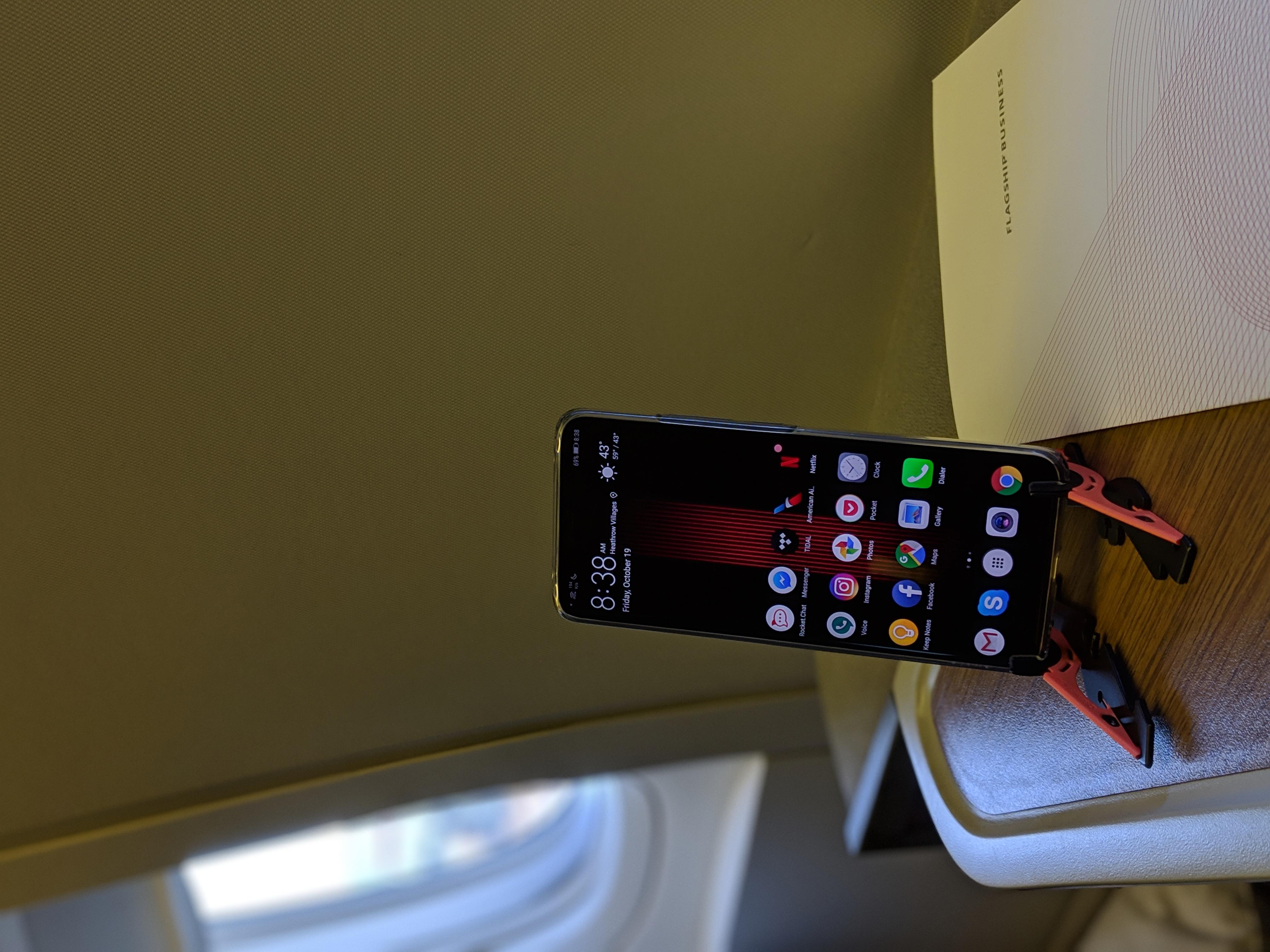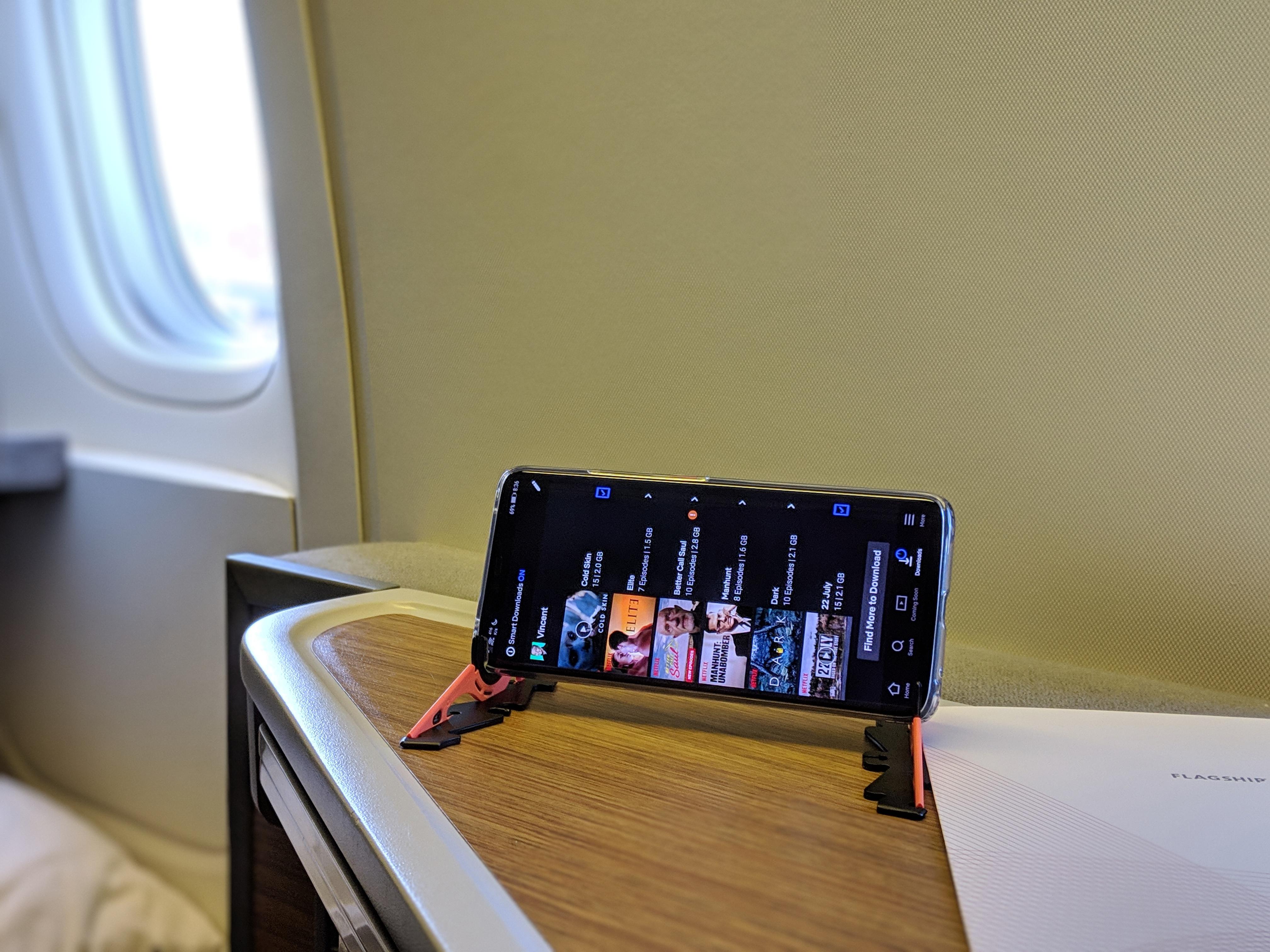Huawei Mate 20 Pro review: you'll wish you could get one
- Top notch cameras with impressive Night Mode
- Quirky two-way wireless charging has potential
- Beautiful design, manageable size and weight
- Impressive performance and battery life
- USB-C “speaker†can get blocked by charger
- Not available in the US
We may receive a commission on purchases made from links.
2018 is perhaps one of Huawei's most exciting years yet. Almost like the script for a Hollywood blockbuster, the year began with a tragedy that seemed like a death sentence for the protagonist. It left its hero in a period of limbo, its future uncertain. But like the true star of its story, Huawei's perseverance responded with vengeance, putting out smartphones that consumers will want to grab but, due to some circumstances beyond their control, cannot.
That was true for the Huawei P20 Pro, the first in the market to sport three cameras on its back. With the new Mate 20 Pro, Huawei seems to have adopted the strategy of giving owners everything short of the kitchen sink in its most advanced flagship yet. Did that strategy pay off or did it weigh down the Huawei Mate 20 Pro to the point of sinking? I've been testing the Mate 20 Pro as I've traveled since Huawei's big launch event in London, and at the risk of spoiling the surprise, I can honestly say it's one of the best phones money can buy today.
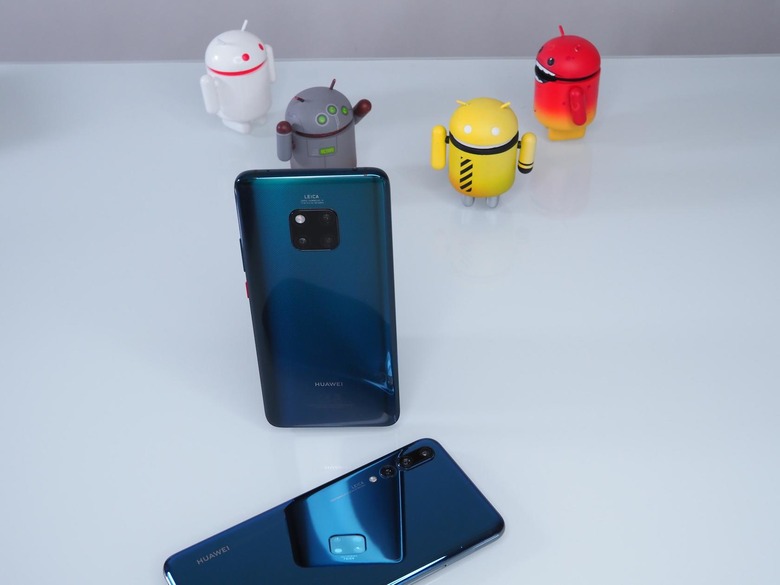
Design
You'd be forgiven for overlooking the Mate 20 Pro's talents at first glance, or even after holding it in your hands. Where premium smartphones seem to be characterized by their size and heft, Huawei goes the opposite direction that is, ironically, worry some users about its sturdiness and resilience.
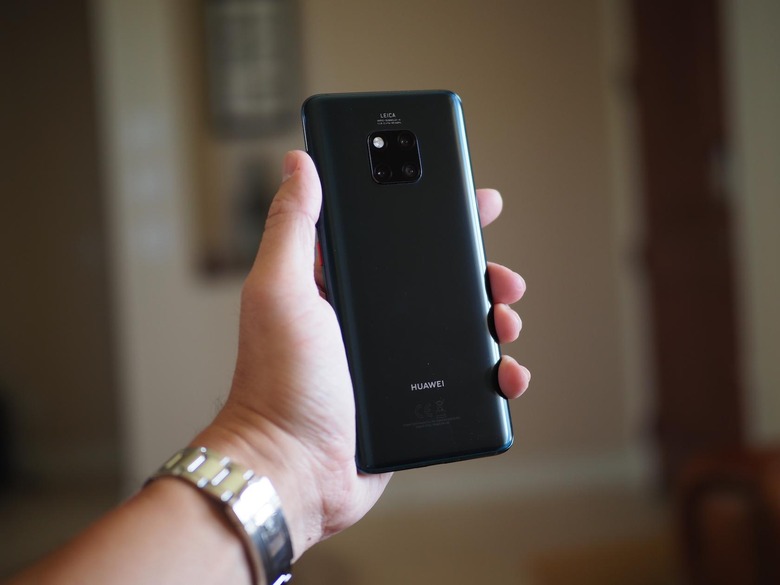
That said, the Mate 20 Pro is easy to grip and hold in your hand, thanks to the way both the front and back faces curve at the edges. They join together by a thin but sturdy aluminum frame. Despite its large 6.39-inch screen, the phone is still manageable in one hand, though you might still want to use both hands for good measure. The rather tall 19.5:9 aspect ratio of the OLED panel is narrow enough that I could reach across most of it with my thumb single-handed.
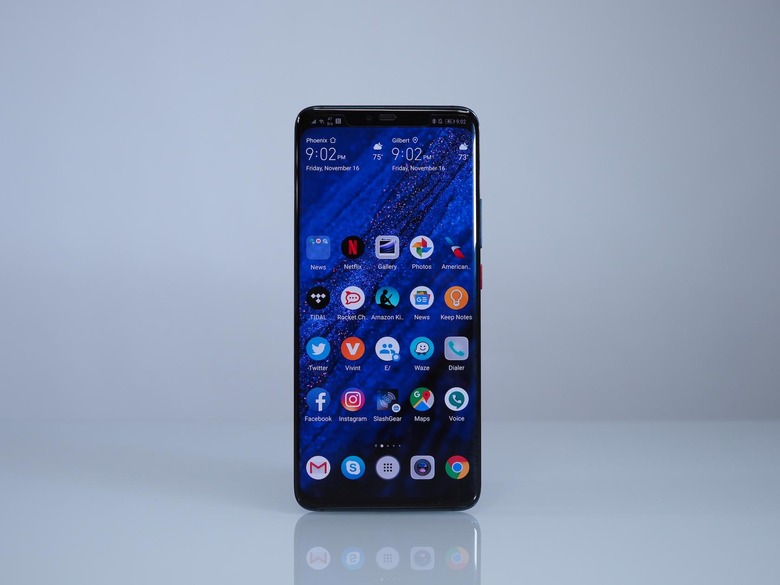
On the front, the Mate 20 looks almost conventional with its nearly bezel-less display and its wide notch, which we'll get to later. Flip it over and you come across the Mate 20's most iconic design element. Yes, it still has three cameras and three cameras only, thankfully. Now, though, they're arranged in a square, together with the flash, which Huawei explains hints at the phone's intended use in portrait orientation. Huawei tells me it also hopes the layout will make the rear of the Mate 20 Pro more distinctive to those around you; because of their partnership with Porsche Design, meanwhile, the design is reminiscent of the automaker's LED headlights.
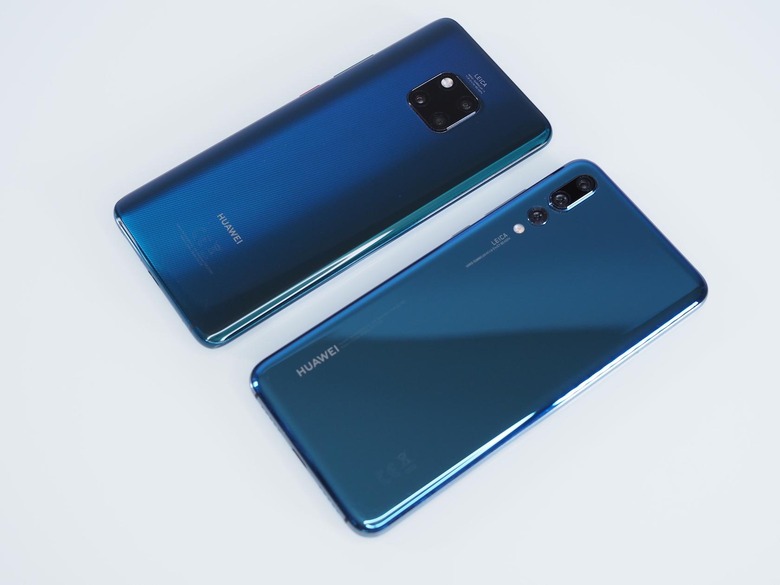
In contrast, the Huawei P20 Pro was designed to resemble a point-and-click digital camera. Aside from the wider notch, the Mate 20 Pro also distinguishes itself from the Mate 20 with the lack of a fingerprint scanner on its back. There's still one, of course, just hidden underneath the screen.
Specs & Performance
You think you've heard it all when it comes to high-end smartphone specs this year but Huawei has a few tricks up its sleeves. For example, while you have the usual 6 GB of RAM and 128 GB of storage, you're also getting a Kirin 980 octa-core processor. Huawei's latest silicon boasts not only of raw power and energy efficiency, thanks to its 7 nm processor but of two brains for your AI needs, the majority of which are directed towards the camera. It's worth noting that, currently, only Apple and Huawei offer smartphones utilizing a 7nm chipset.
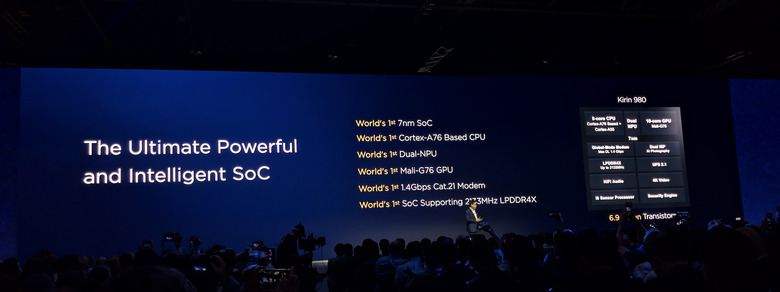
Put briefly, the Mate 20 Pro is a powerhouse. Benchmark controversies aside, the smartphone's actual as well as theoretical throughput still puts it near the top of the list. For a smartphone maker that's been designing and using its own processor for only a few years, that's a pretty impressive feat. Even without looking at the numbers, the Mate 20 Pro's speed and power won't leave you yearning for more. But if you do find yourself itching for an added boost in your game, you can always switch on Performance Mode at the expense of some battery life.
Even without that enabled, the Mate 20 Pro proved up to anything and everything I threw at it, ranging from importing and processing 5.7k 360 videos shot on the Insta360 camera, through to simply streaming Netflix. Huawei had provided me with an international-spec device, though I had no problems using it with Google's Project Fi. AT&T and T-Mobile's networks presented no issues; Verizon will work, though with limited coverage.
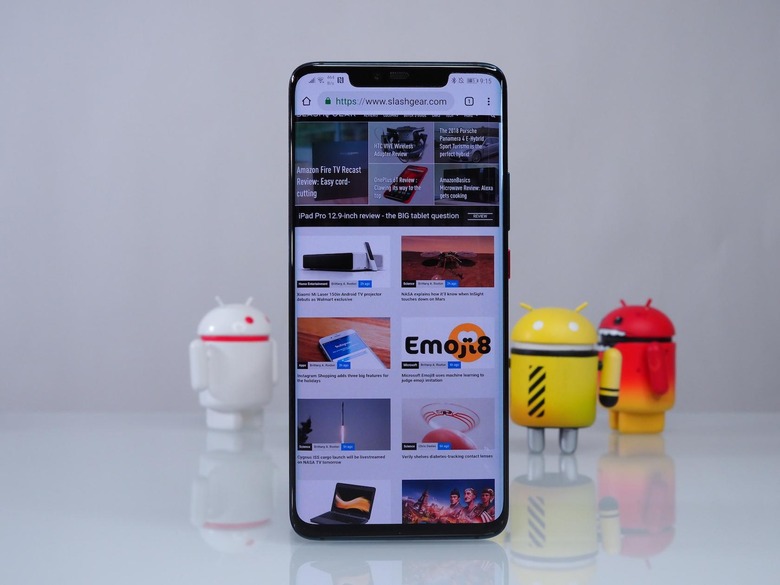
The 6.39-inch 3120x1440 OLED display is right on par with other OLED panels on the Samsung Galaxy Note 9 and the Google Pixel 3 XL. They're brightly lit and vivid for everyday tasks. I did find that Huawei's auto mode for the display tends to err on ramping up the colors to a slightly unnatural tone. Side-by-side with the iPhone XS Max, meanwhile, the Huawei doesn't quite reach the same brightness. The Mate 20 Pro defaults to an FHD+ resolution to compromise between sharpness and battery life. I didn't see the difference in battery life letting the system auto-select the display resolution, so opted to just leave it at WQHD+.
Now comes the fun part, where Huawei tries to strike its own path and, in some cases, misses. Audio is one area where the company tried to be different for little gain or reason. You'll quickly notice that there are no speaker grills on the Mate 20 Pro, giving it a tighter and more unified look. The sound is, instead, channeled out the USB-C port, a conduit that was never designed for audio output. While it's audible, the sound it produces lacks a certain weight to it. It's more on the tinny side, short on both bass and volume. The worst is when you plug in a USB C cable for charging but which, unsurprisingly, muffles the sound. You can't easily bend the laws of physics to match your design.
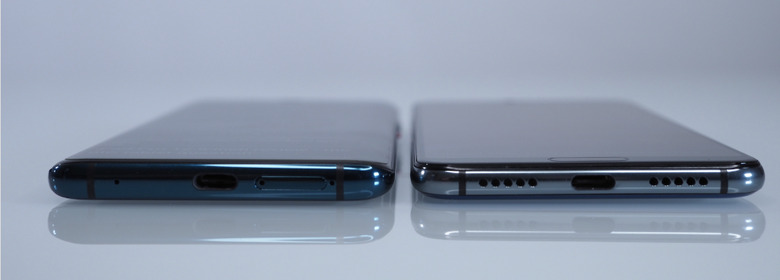
Huawei is also trying to bend the market to its will with its new nano SD card or "NM Cards". It might indeed be time for the market to adopt a newer and smaller memory card but rather than trying to make it a standard, Huawei is instead locking its own users into a problem of its own making. Your existing microSD cards won't work in the Mate 20 Pro; nor will you be able to use those NM Cards on anything but the Mate 20 Series phones. Considering that NM Cards probably won't be widely available for some time to come, it may be best to simply consider the Mate 20 Pro having a fixed amount of storage.
From talking with Huawei, I can see their point even if I'd prefer a standard microSD. There simply wasn't space for that, however, so the decision was down to creating the smaller memory card or leaving out expandable storage altogether. At least if you opt not to use the slot for a NM Card you can drop in an second SIM instead.
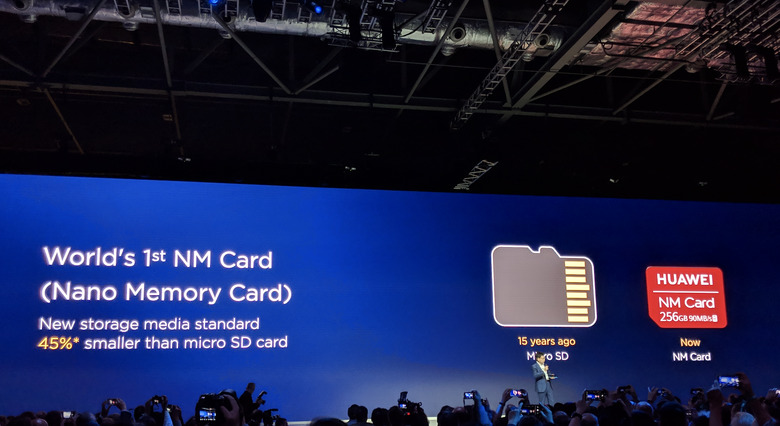
Biometrics
Unlike the Mate 20's "waterdrop" notch, the Mate 20 Pro has one of the widest in the market, though thankfully not the tallest. It's not without good reason, mind, as Huawei needed to cram not a few components there. The 3D Depth Sensing Camera not only brings 3D Live Emojis to life, but it also powers 3D face recognition. This part is probably not new to Huawei fans, as the company has been singing about its AI-powered 3D face ID since last year. It actually works, too, quickly and accurately, at least most of the time I tested it under varying lighting conditions. If you have sunglasses it's probably best to test them before you buy the phone and steer clear of heavily reflective lenses.
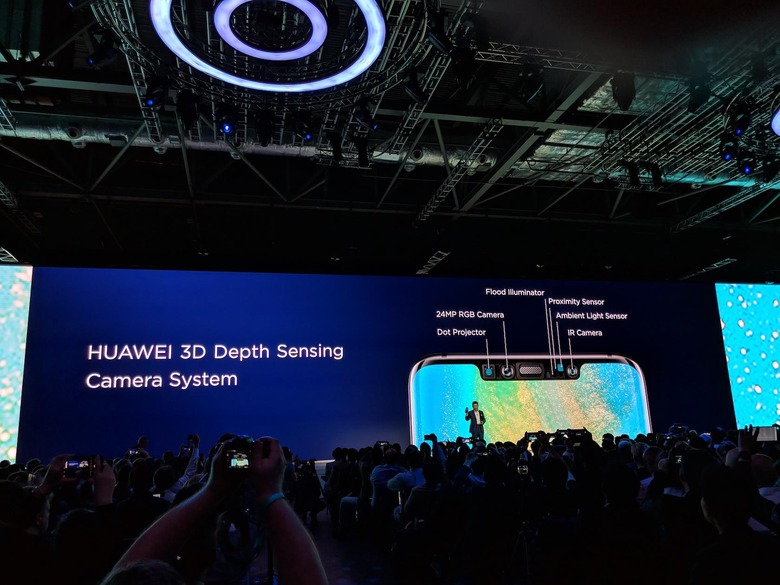
Despite that success, not even Huawei is advocating its use in secure transactions like mobile payments. It's not because the facial recognition isn't secure: Huawei insists that it is, matching Apple's Face ID, where the TrueDepth camera picks up 30,000 points across the face. Instead, 3D face recognition is currently only used for mobile payments in China, pending Google's approval for the rest of the world.
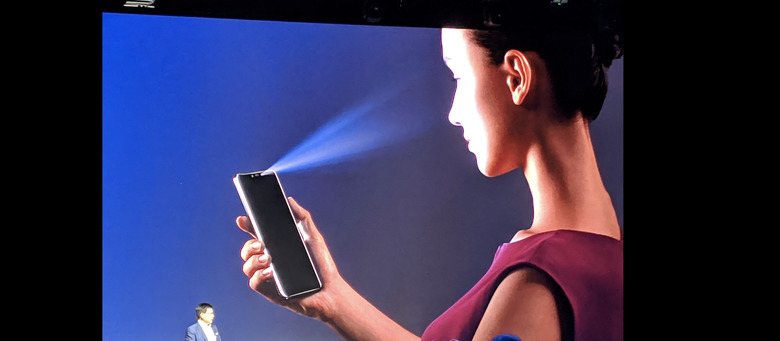
For now, you're stuck with the fingerprint scanner for that. The Mate 20 Pro offers its first in-screen fingerprint reader. Located slightly higher than most fingerprint-on-display (FoD) sensors, Huawei's version about as fast as what the OnePlus 6T manages. Still slower than the more prevalent optical fingerprint sensors, true, but such is the price of adopting a young technology. Just be mindful that it might take a few attempts in cold weather, or if you have dry skin on your fingers.
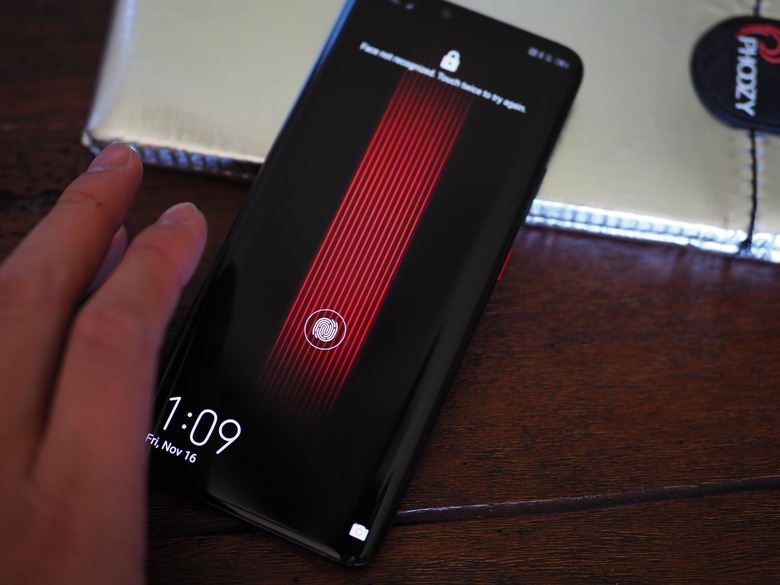
Camera
While it may no longer be the single defining feature of the smartphone, the Mate 20 Pro's camera technology is still its star. In fact, it represents the biggest major change Huawei has made since it introduced its first dual cameras on the Huawei P9, way back in 2016. Almost every dual – and then triple – camera setup from the Chinese OEM included a monochrome sensor for added depth and light information. For the Mate 20 Pro, them monochrome camera is no more, because Huawei considers mobile camera sensors good enough to stand on their own. I tend to agree and, for what its worth, the ultra-wide camera with a 16mm equivalent angle is well worth the gamble and much more useful day to day.
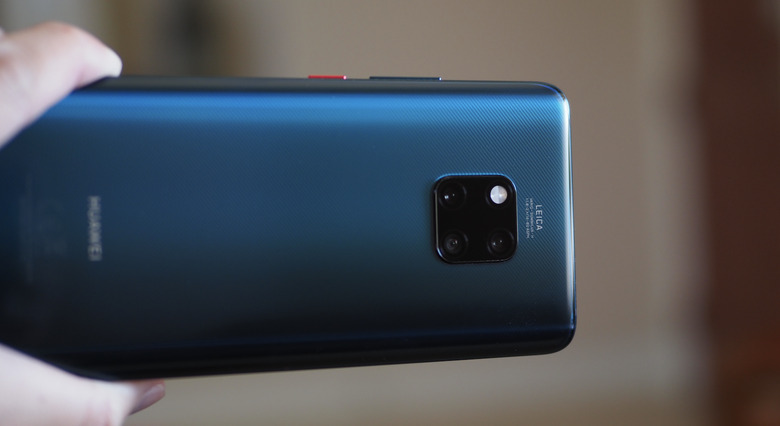
Instead of devoting one lens to a monochrome sensor that's rarely used, Huawei has three color sensors. The main sensor is a 40-megapixel wide-angle f/1.8 camera; replacing the monochrome sensor, there's a 20-megapixel RGB camera with an ultra-wide angle f/2.2 lens that also tasks as a "macro zoom". The third member of the group is a humble 8-megapixel shooter, making up for its relatively low pixel count with a telephoto lens for up to 3X optical zoom.
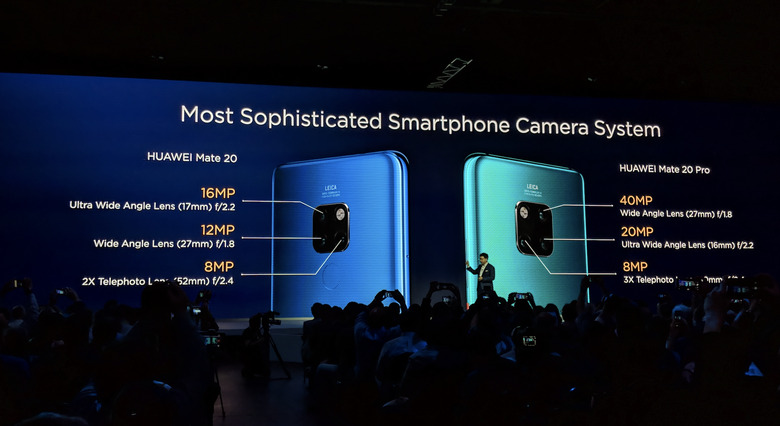
In practice, three is not a crowd. There's now more versatility in the number of shots you can capture, from ultra-wide "0.6x zoom" to macro close-ups, and the results are stunning. Granted, the Mate 20 Pro seems to err on the side of over-saturating colors, perhaps catering to a trend that favors bright and lush hues over more accurate – but muted in comparison – color reproduction. There are some tricks involved, though. You will not, for example, take 40-megapixel photos by default, but in fact 10MP images from oversampled 40-megapixel raw output. The 40 MP sensor also assists in weeding out jaggies and noise from zoom levels greater than 3x.

Much of the Mate 20 Pro's camera magic happens via software, however, thanks to Huawei's much-advertised camera AI. Ironically, then, you need to enable that first in the camera settings, but after that it gets to work identifying the primary subject(s) and adjusting the settings to fit the scene. That AI is also responsible for Huawei's mind-blowing Night Mode, which takes multiple shots over four or so seconds and combines them into a very impressive image.
Like any AI, it's not infallible – even if has been significantly improved since the Huawei P9 Pro. More than detecting scenes incorrectly, the Mate 20 Pro's Master AI can sometimes overdo the settings, resulting in unrealistic images. While you can always disable the AI and tweak the settings yourself in the phone's powerful manual mode, I sometimes found the moment had already passed.
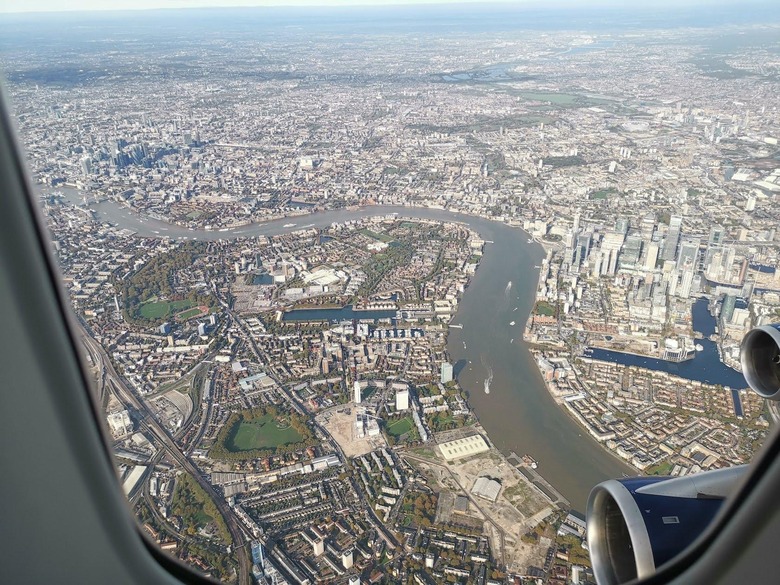
Personally, the usefulness of the ultra-wide lens crops up far more often day to day than a dedicated monochrome mode ever did. Something I do frequently, for example, is taking interior pictures of cars: specifically, looking out the front windshield and encompassing everything from the dash up, and down past the steering wheel. LG attempted to deliver the same capabilities with the ultra-wide-angle rear facing camera on its recent flagships, but I've found it tends toward soft to blurry edges. In contrast, the Mate 20 Pro employs its AI to help with those issues, in addition to better optics from Leica.
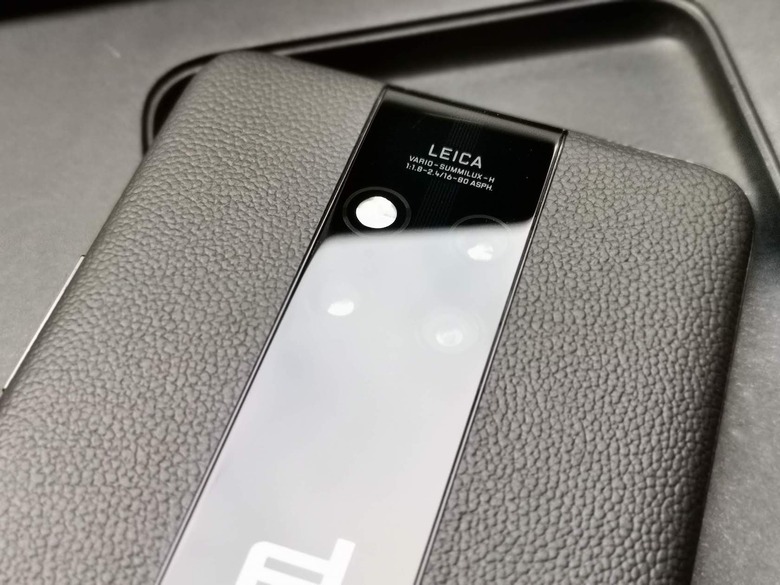
At the opposite extreme is the macro-lens option, and it's another impressive showing for Huawei. I tested it out for close up shots of materials used in cars and timepieces, and came away surprised at just how well the image crispness turned out.
Battery and Wireless Charging
Now for the Mate 20 Pro's final party trick. It has a larger than normal battery, with its 4,200 mAh beating out the Galaxy Note 9's oversized power pack. With some attention to use it's not hard to push battery life to two days, especially if you don't turn on performance mode.
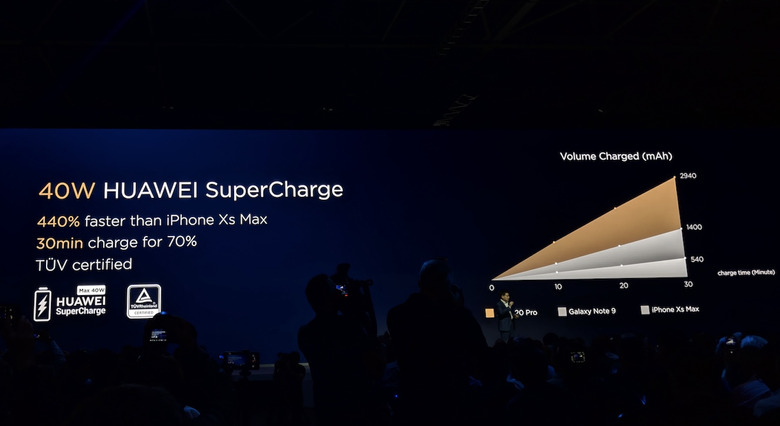
Huawei has been pushing dramatically fast charging modes in its recent handsets, and the Mate 20 Pro is less impressive. On paper, the promise is from completely flat to 70-percent in thirty minutes. In the real world, I was able to work all day on events using the Mate 20 Pro as my primary camera, get back with around 30-percent battery remaining, plug in for 30-45 minutes before dinner, and then head out again fully charged. 0- to 100-percent takes around 80 minutes, though you'll need to use the adapter Huawei provides.
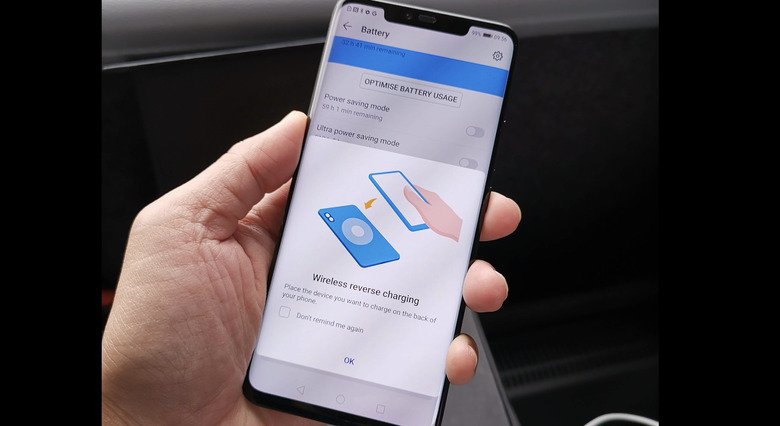
That's not the most interesting part, however. The Mate 20 Pro is the world's first phone to feature two-way wireless charging: not only does Huawei support wireless charging, it can also act as a wireless charger for other devices. Admittedly, this is less practical than it sounds, since the phone will never be able to match the output of even the slowest dedicated wireless charger around. In a pinch, though, it could help you win a friend. Just be sure your new friend's slippery glass phone doesn't fall off your Mate 20 Pro's equally slippery glass back.
Wrap-up
It's easy to see the smartphone market as a two-horse race between Apple and Samsung, at least in terms of brand recognition and numbers. The likes of OnePlus, while worthy rivals, face a challenging climb up the ladder of worldwide reach and shipments. Huawei has proven that it is in the perfect position to break up that duopoly, and the Mate 20 Pro certainly checks off nearly all the boxes on my wish-list.
Unfortunately for US consumers, it doesn't tick the most important box of all: availability. Right now, whether that's down to the US government or other reasons, there's no official plan to bring the Mate 20 Pro to this market. That's a shame, and I'd certainly say it's worth looking to Amazon, eBay, or other resellers to get your hands on what could well be the year's most impressive phone.
SlashGear uses affiliate links, and sometimes if you buy something we'll make a commission on the sale

